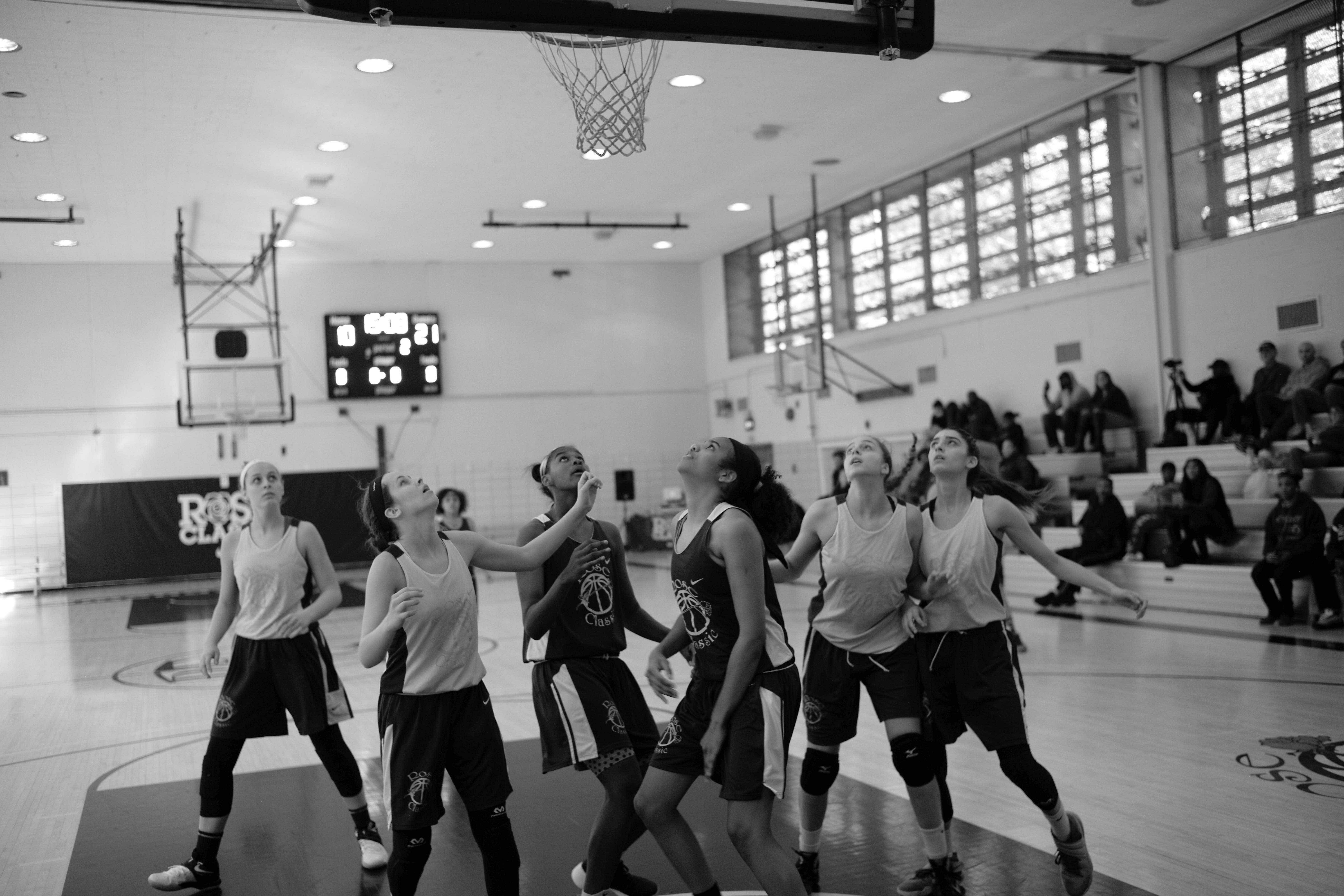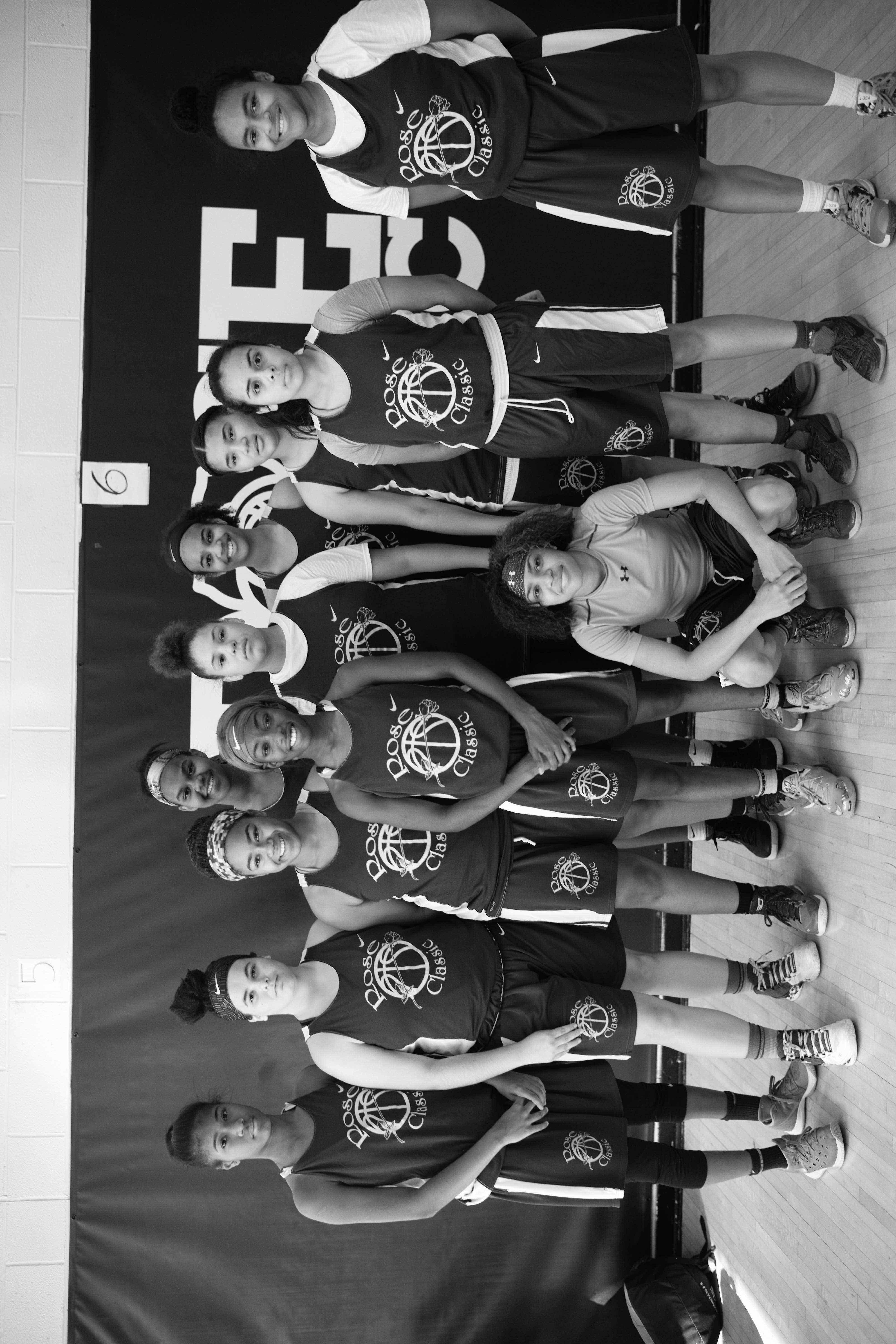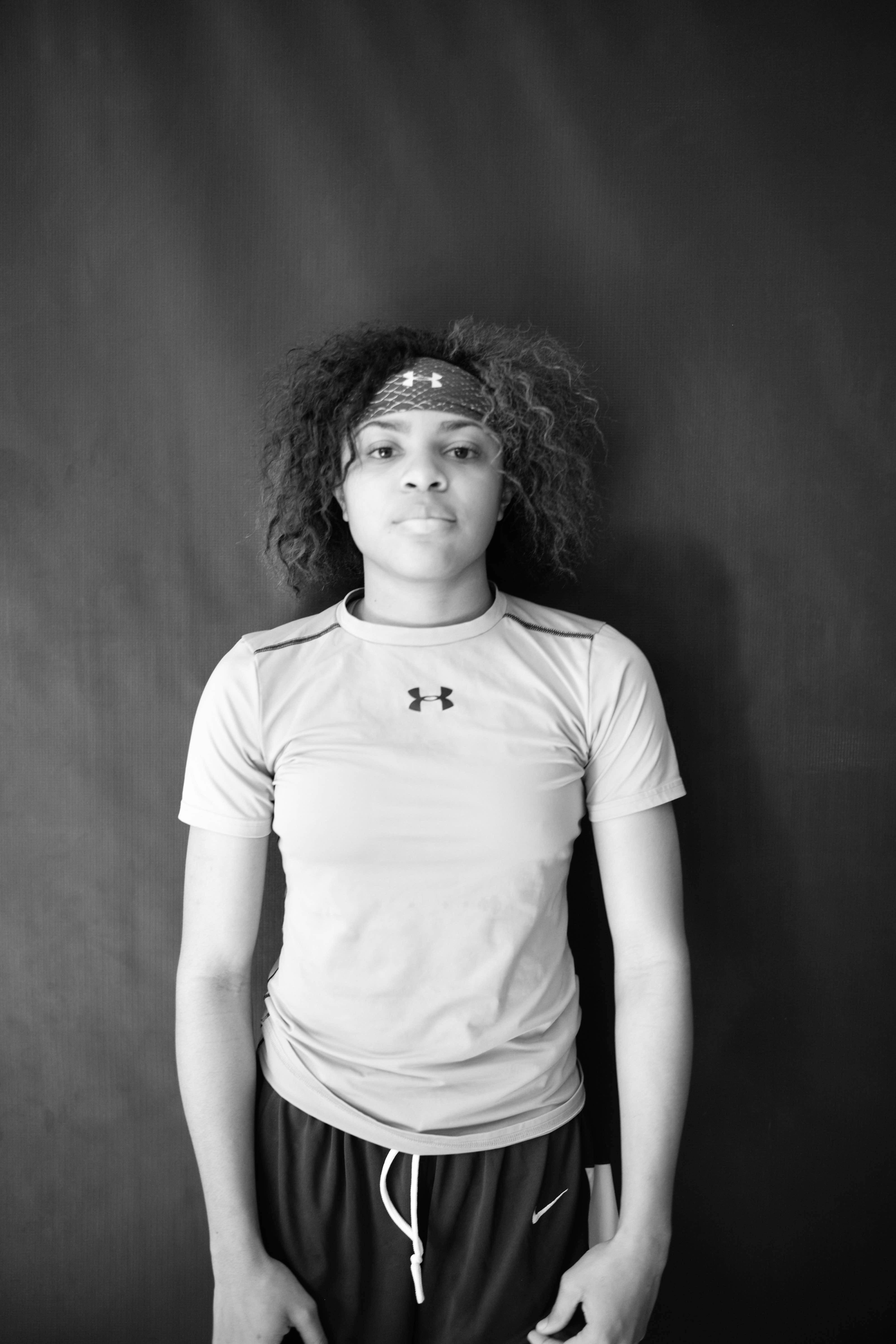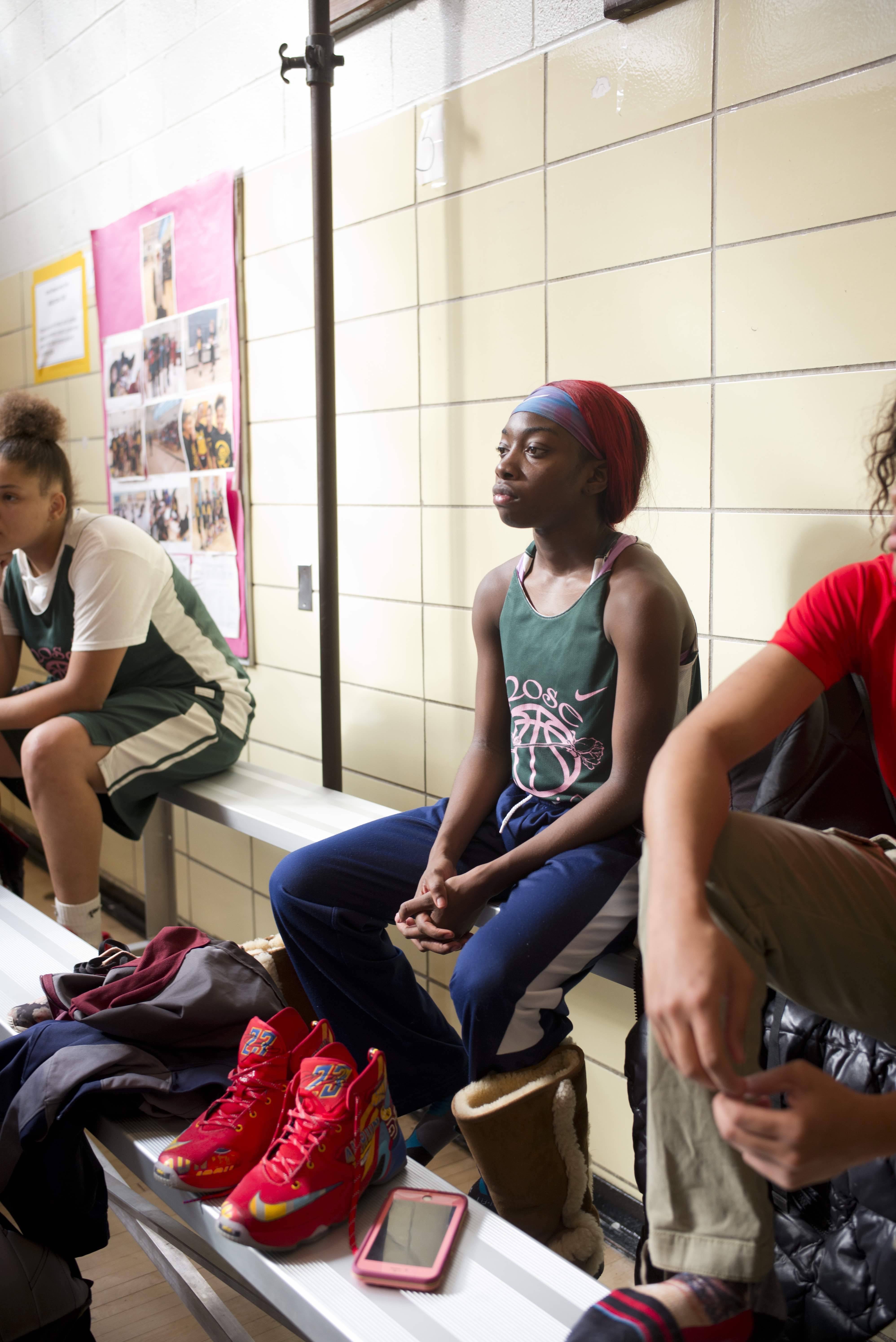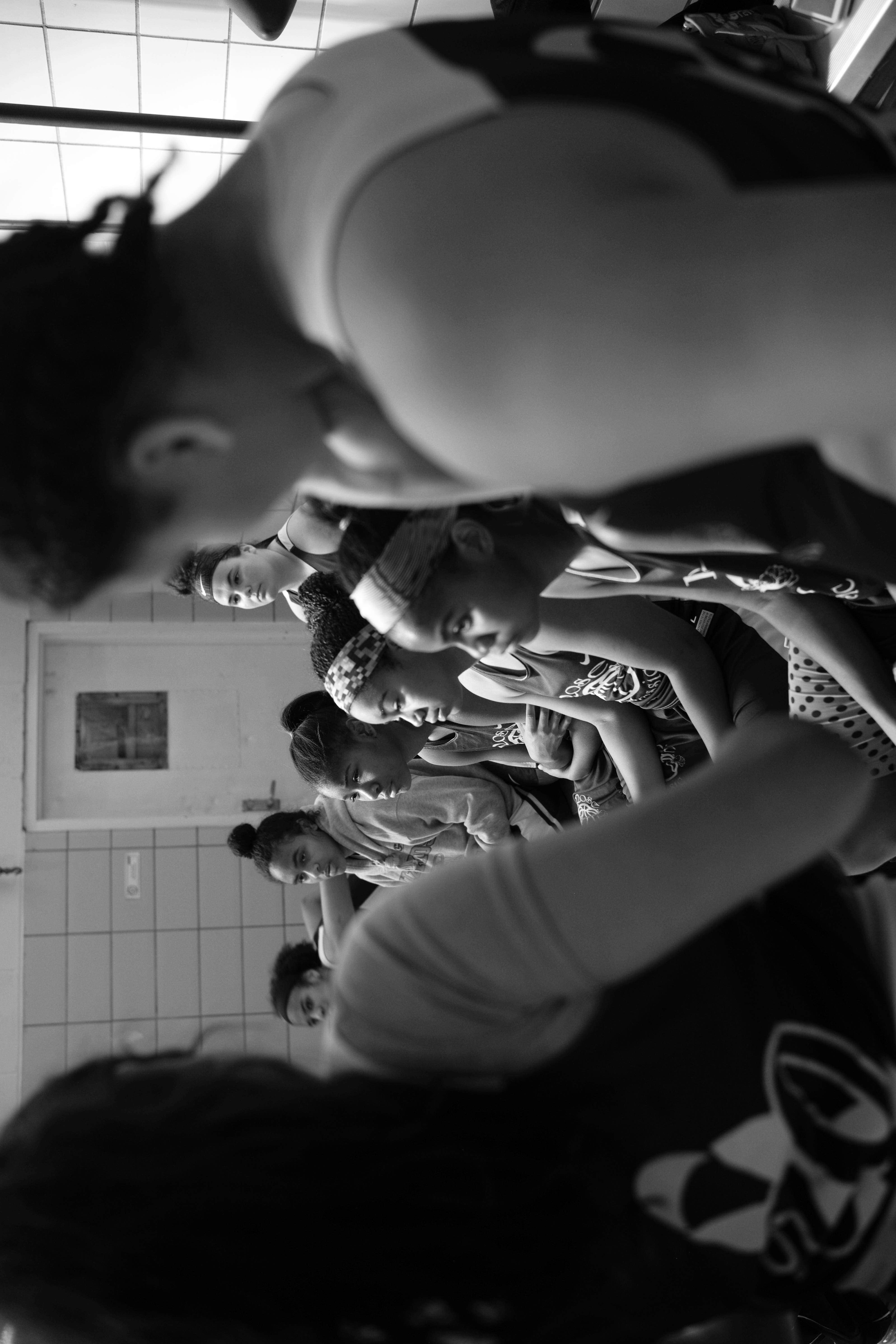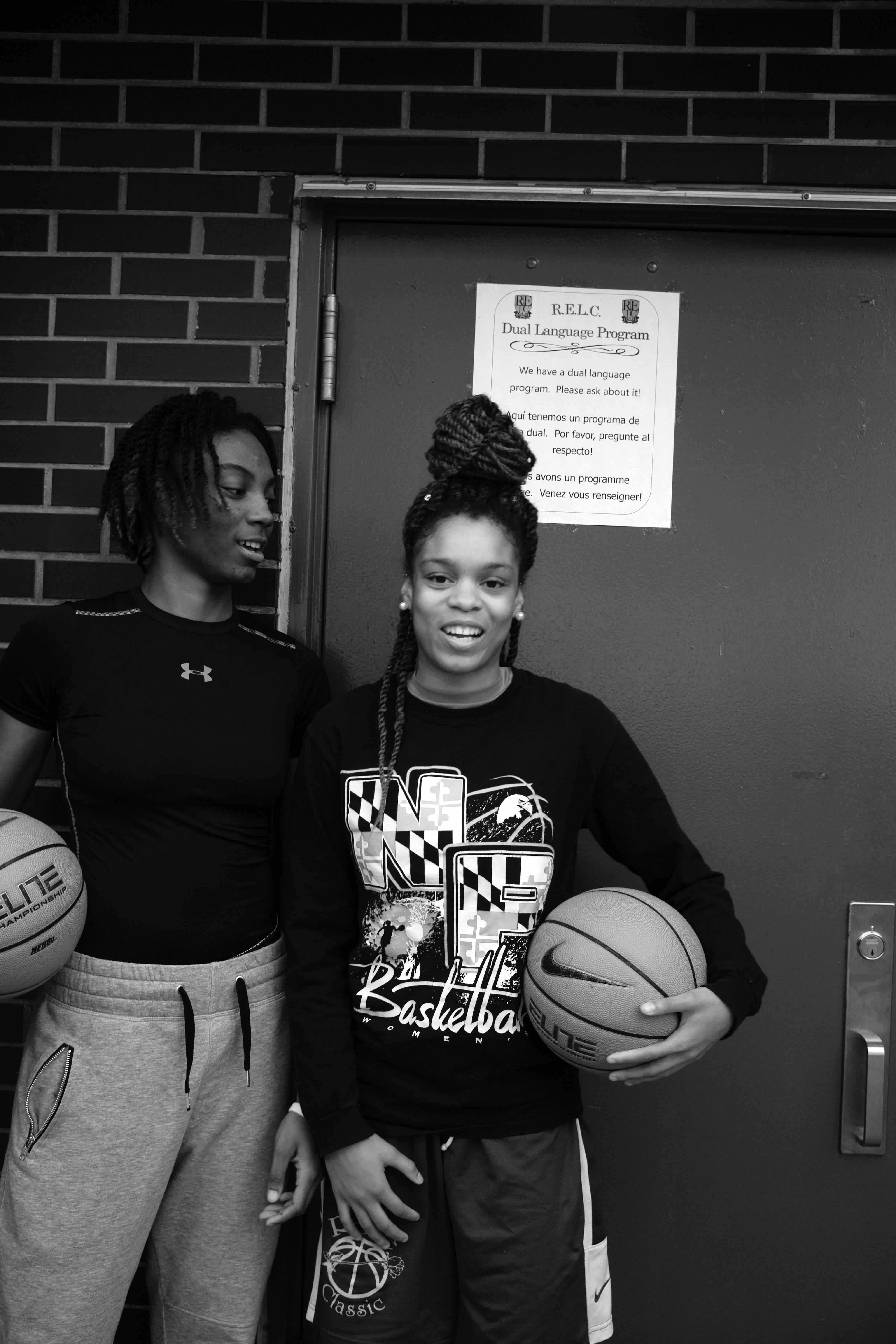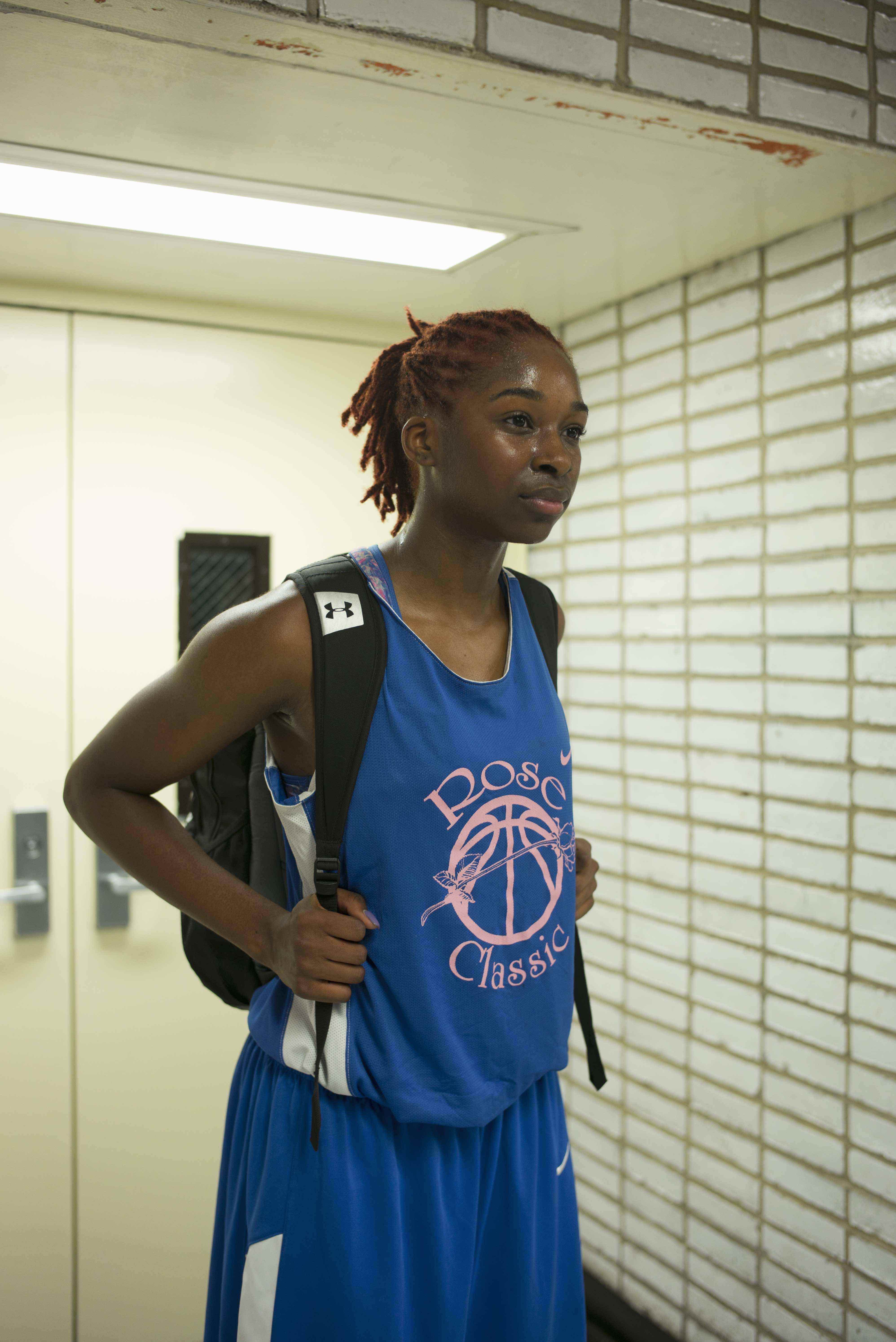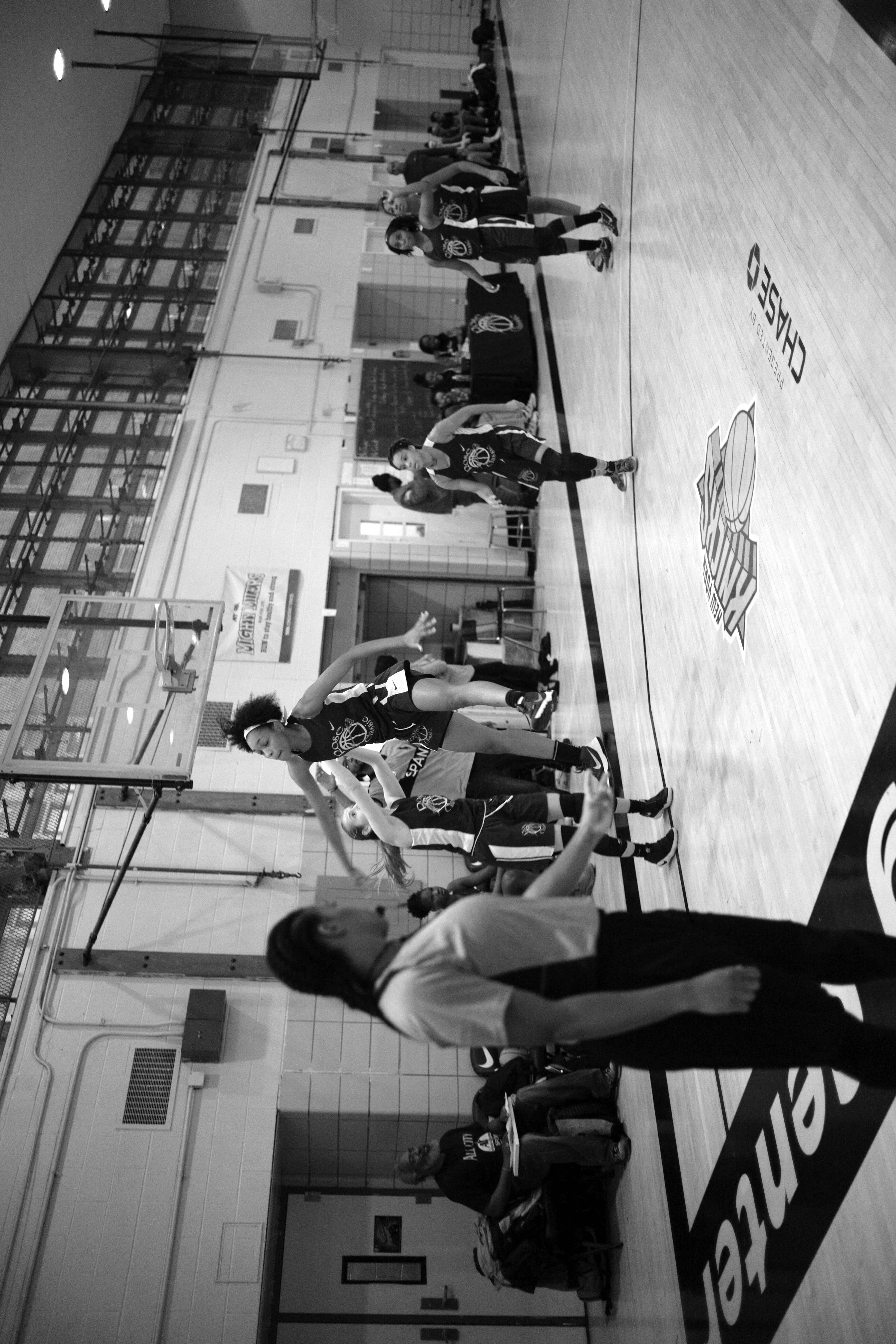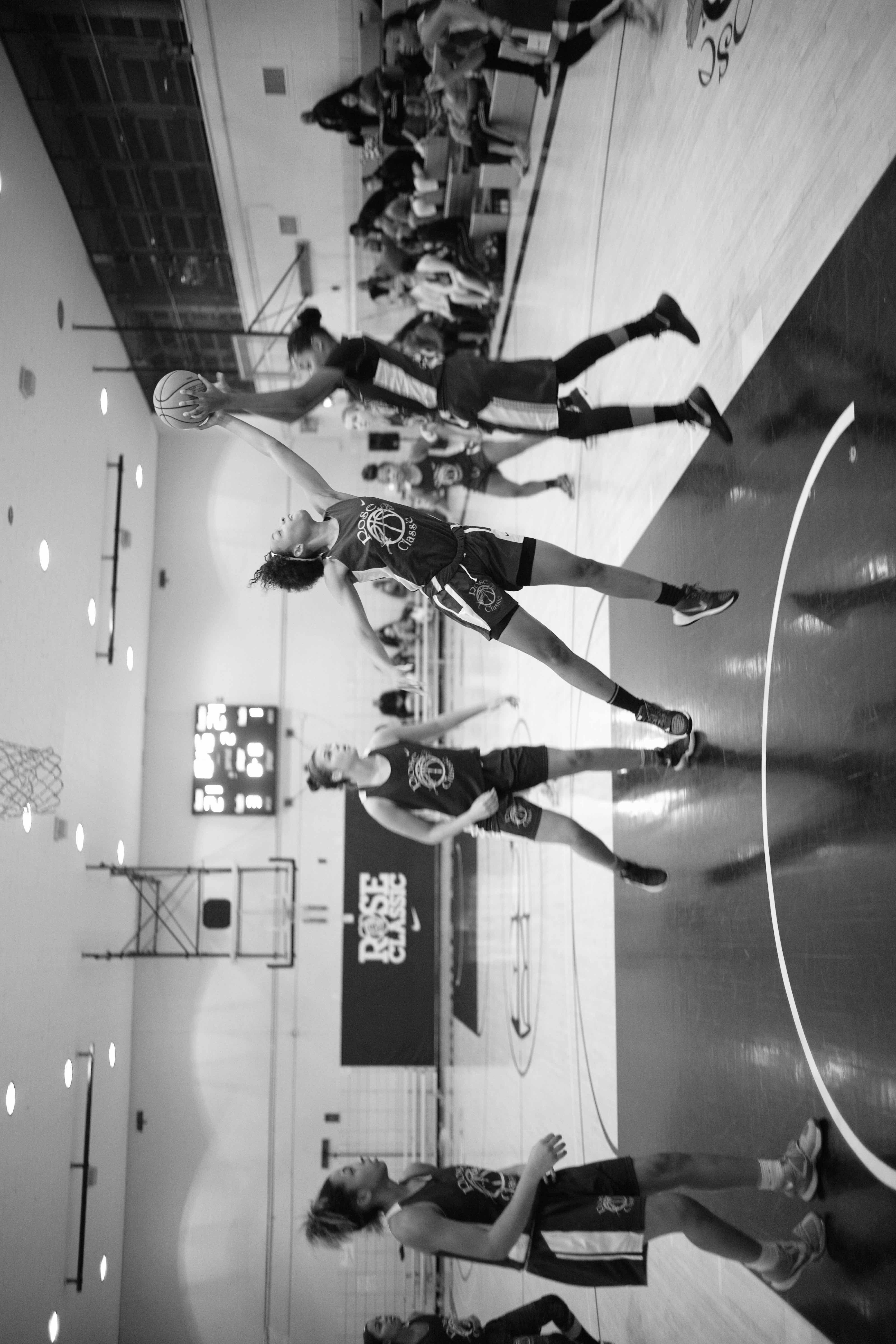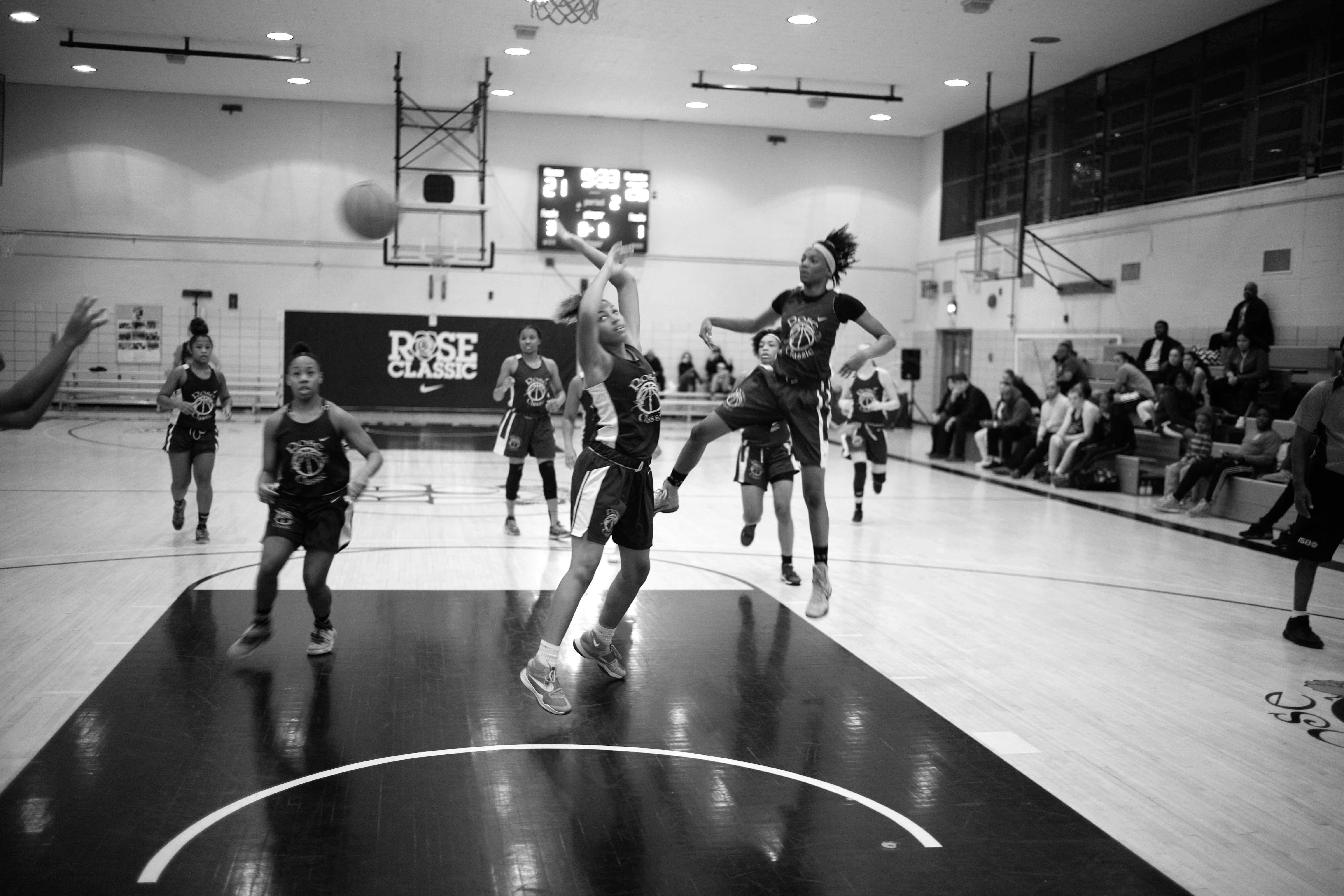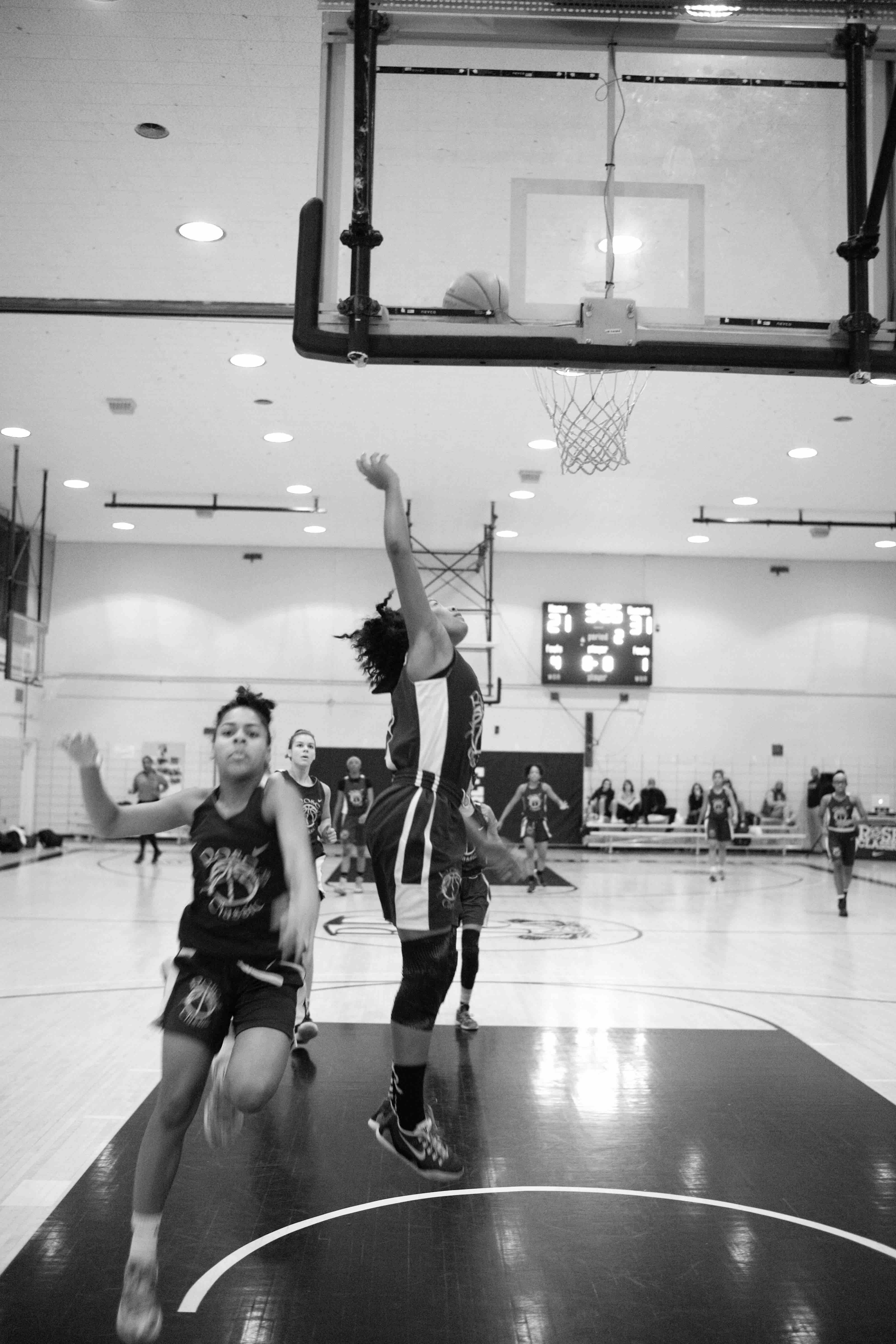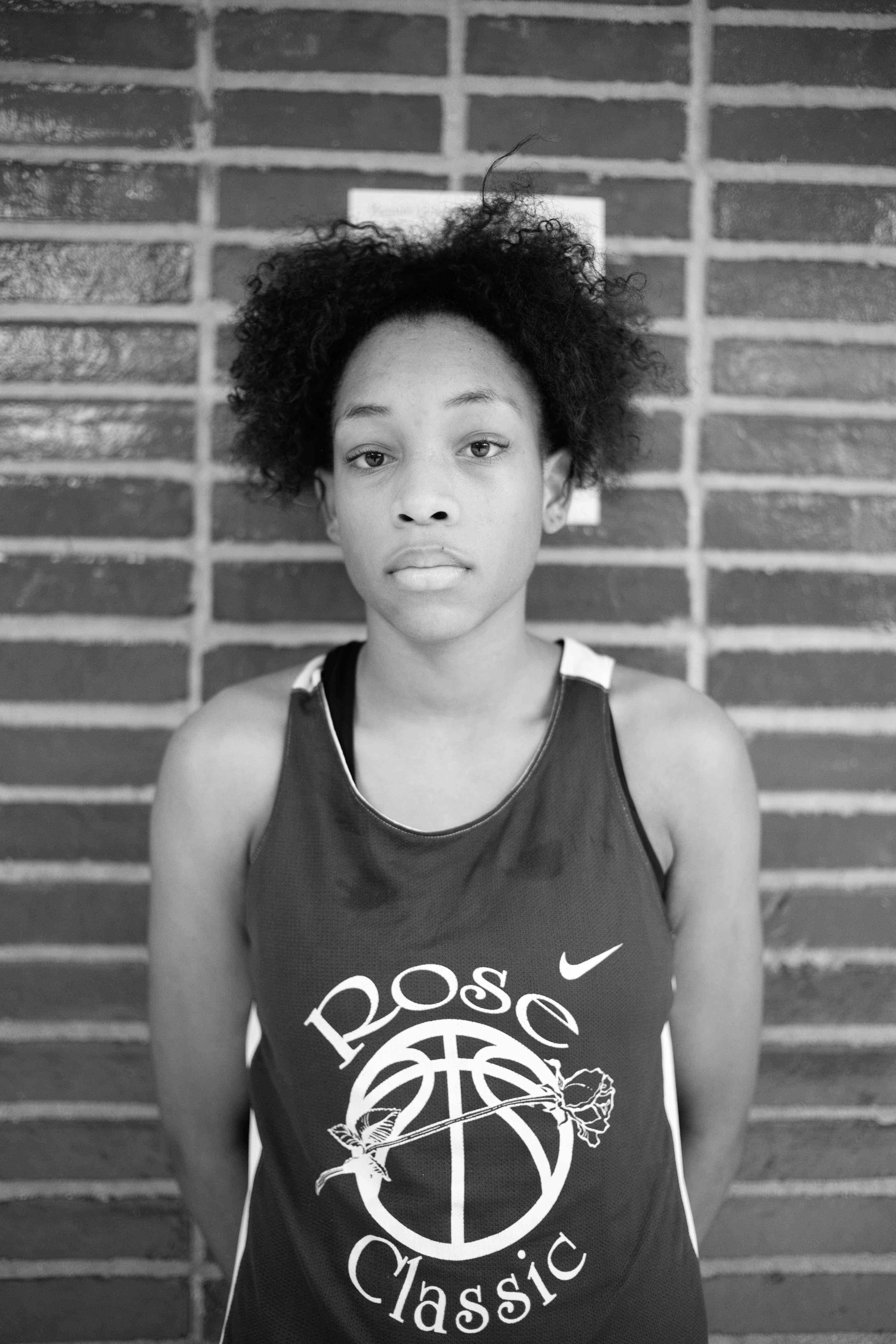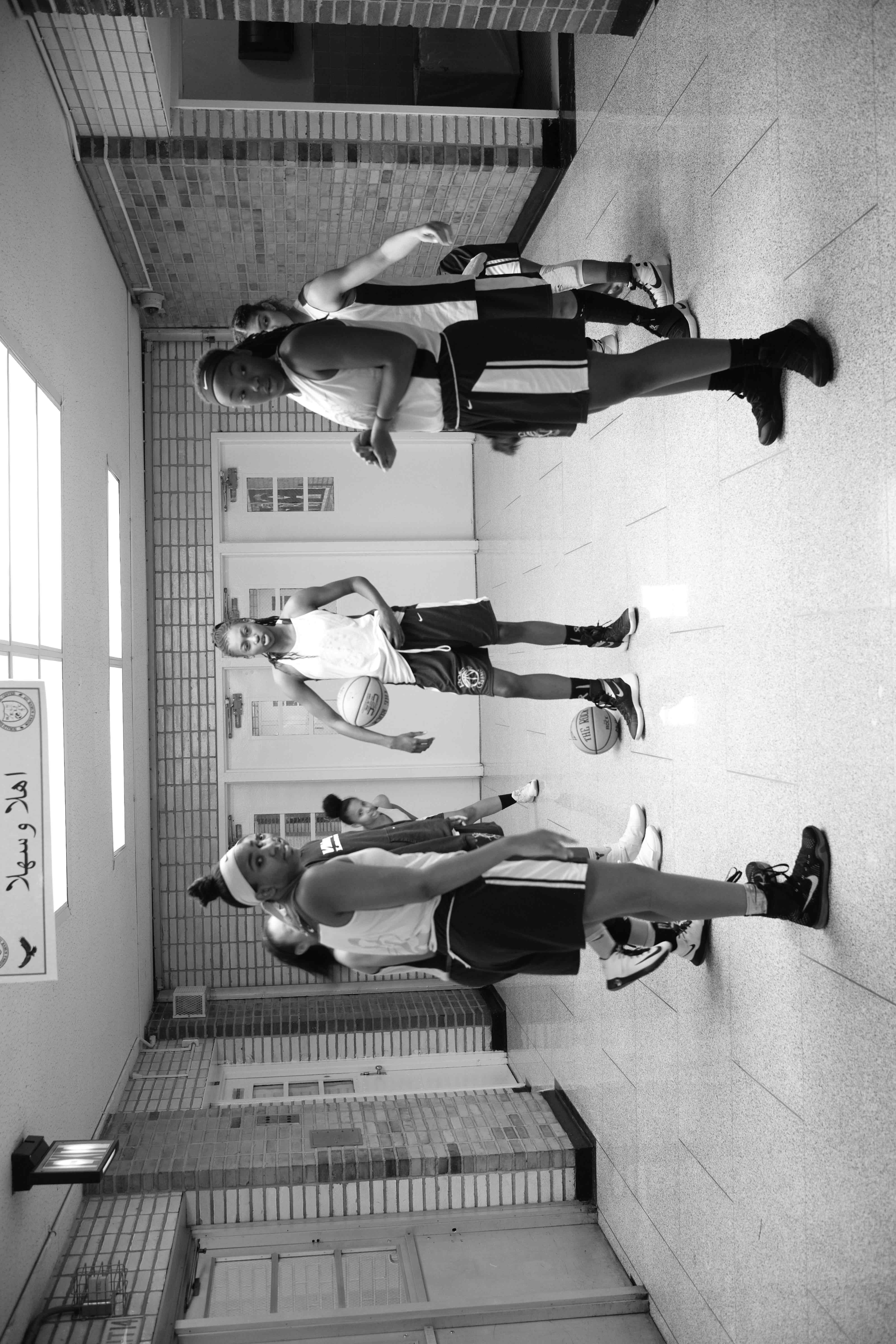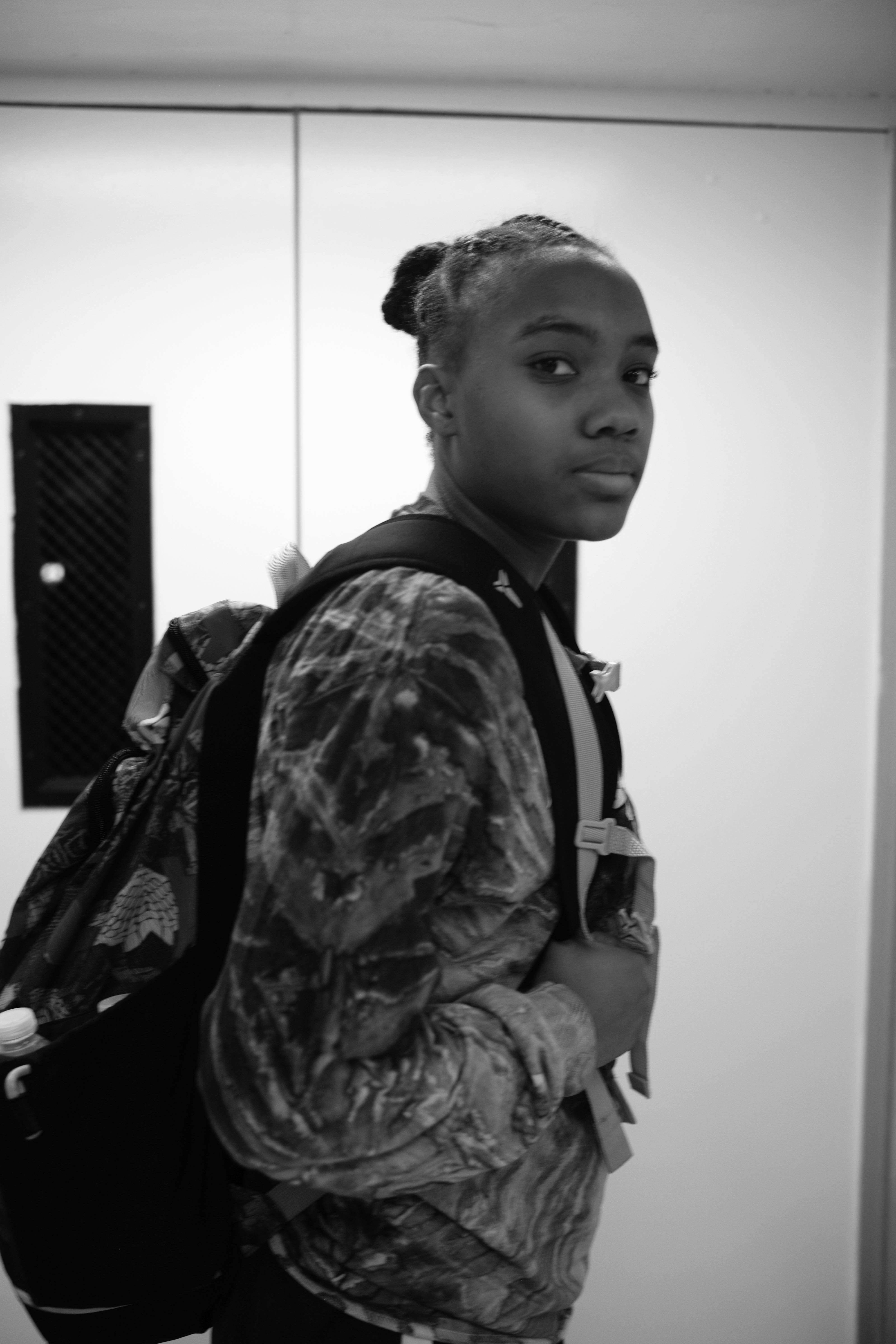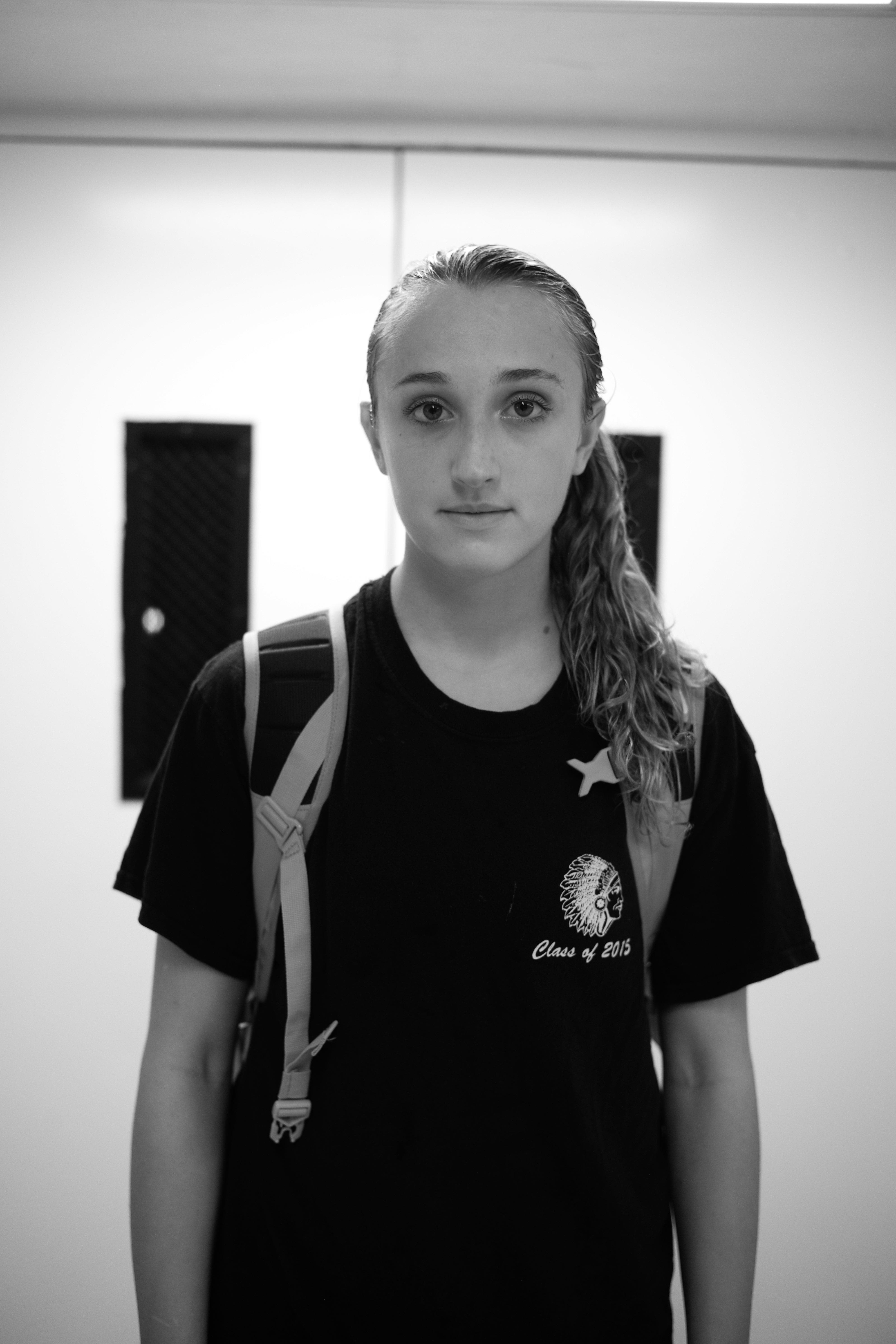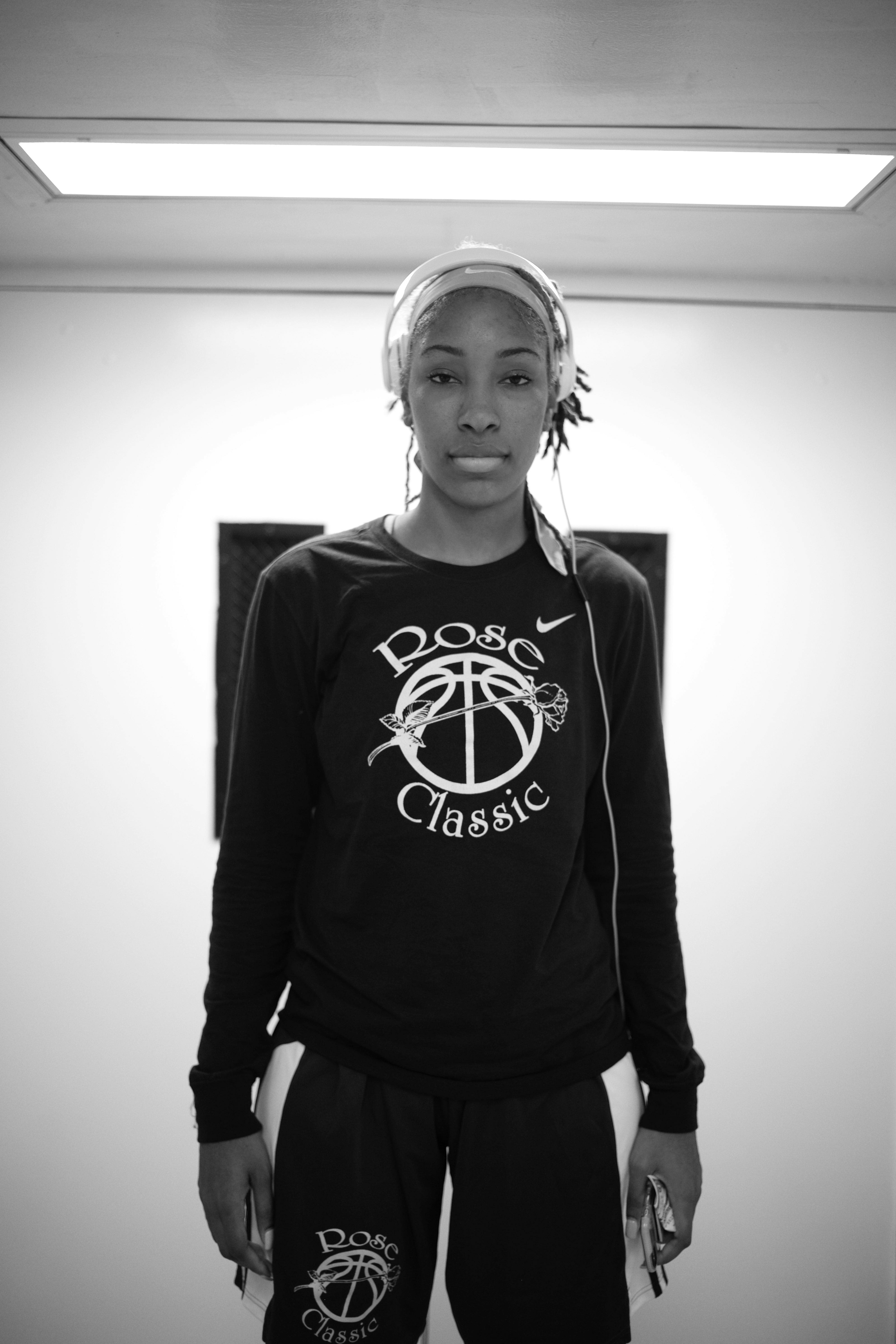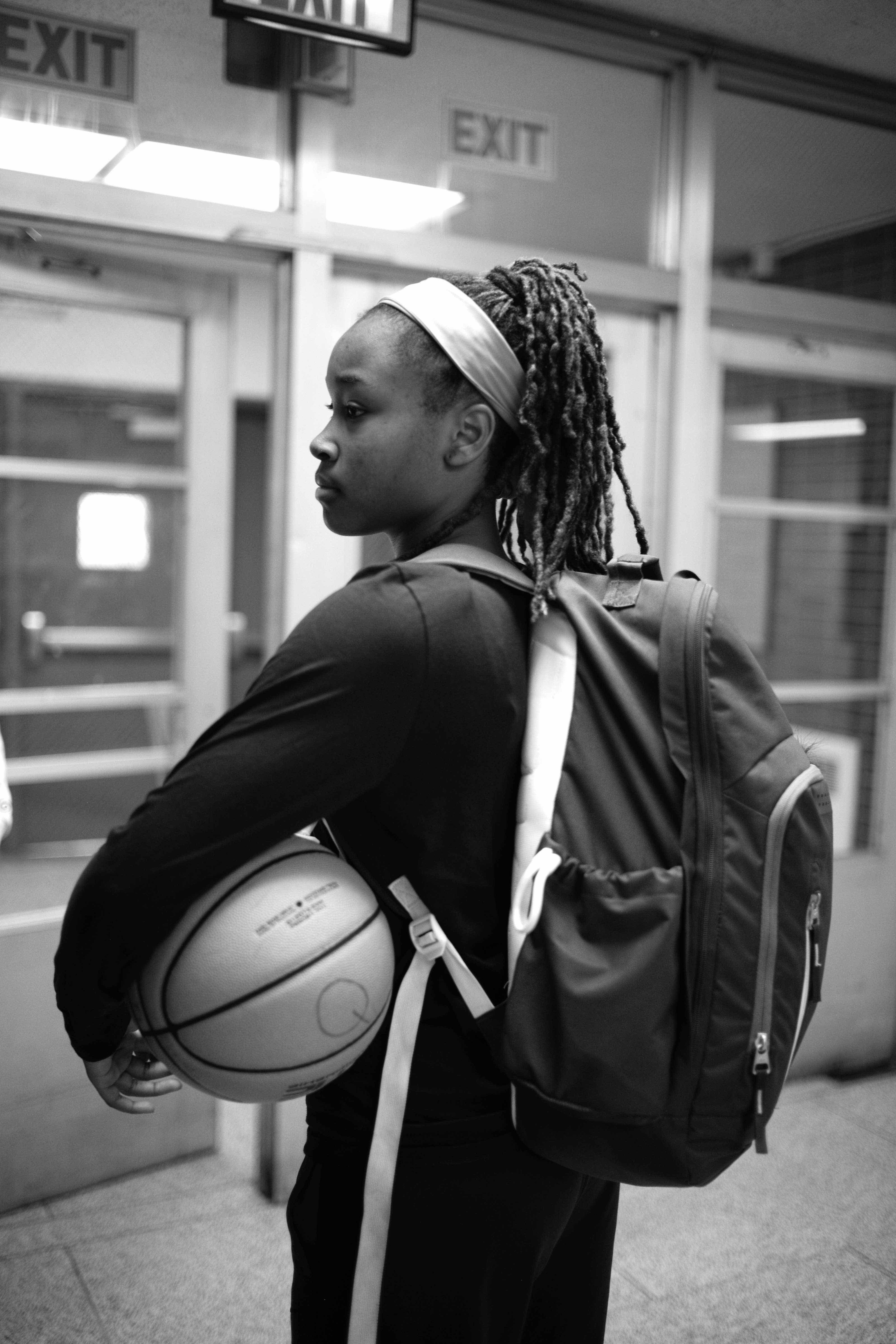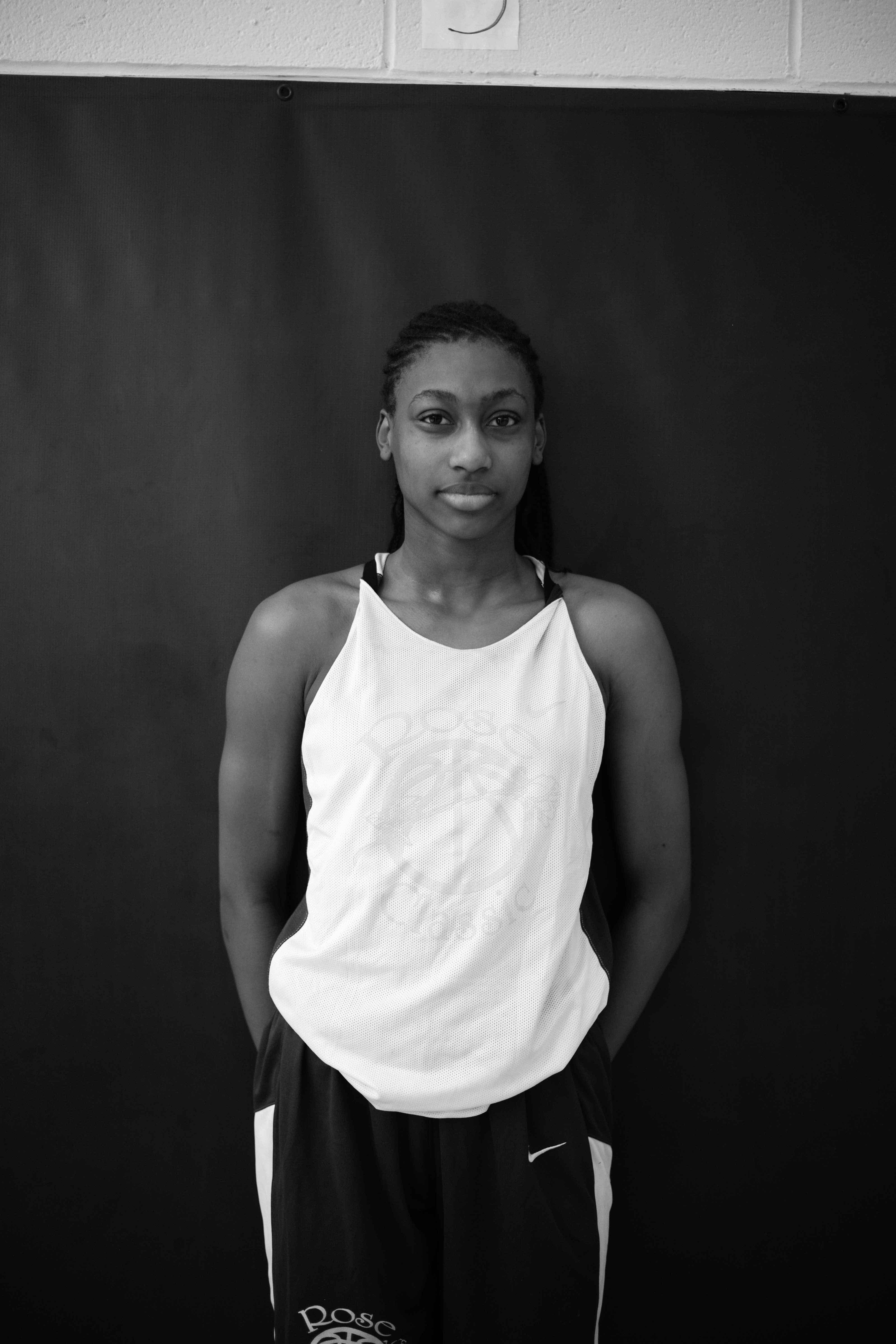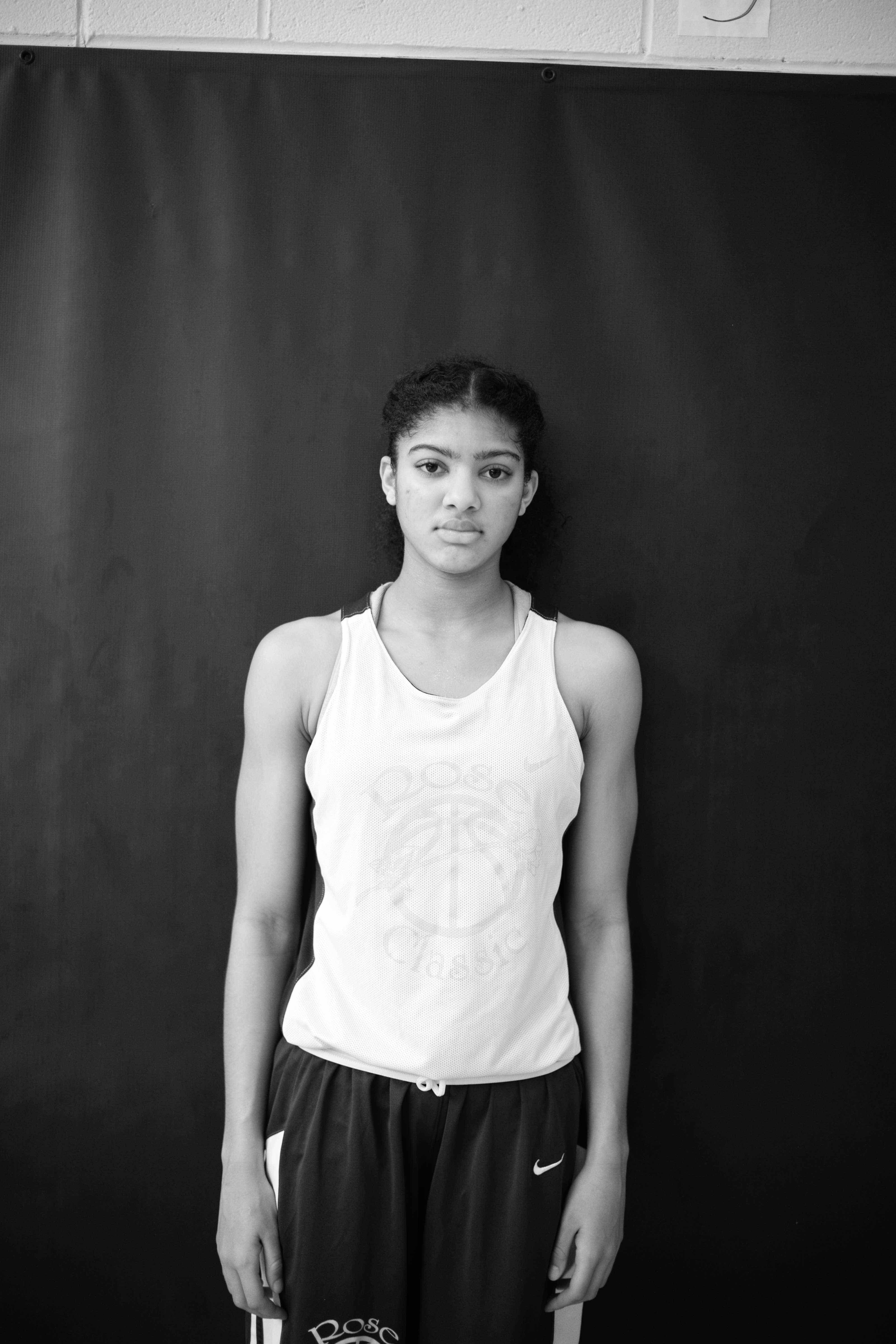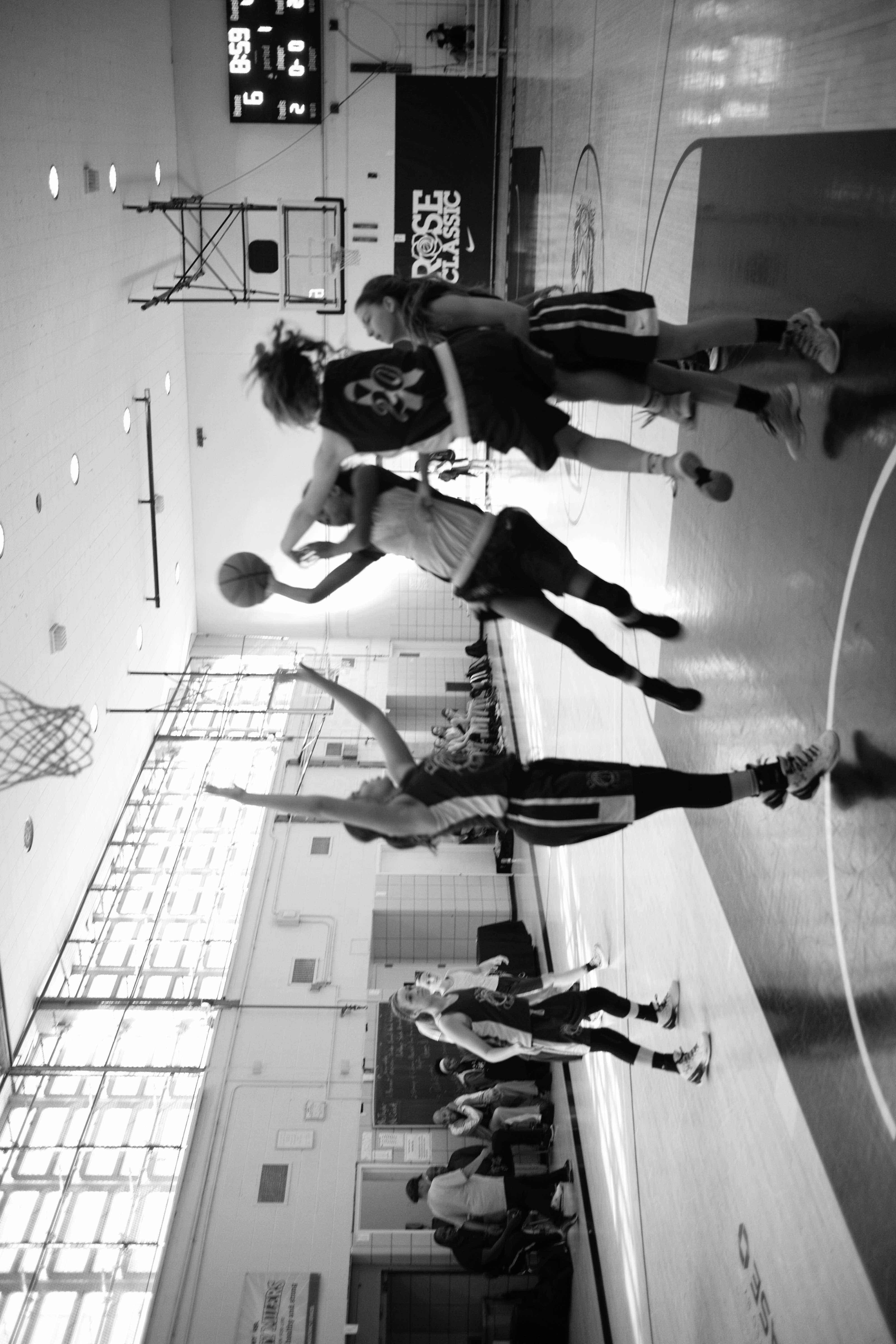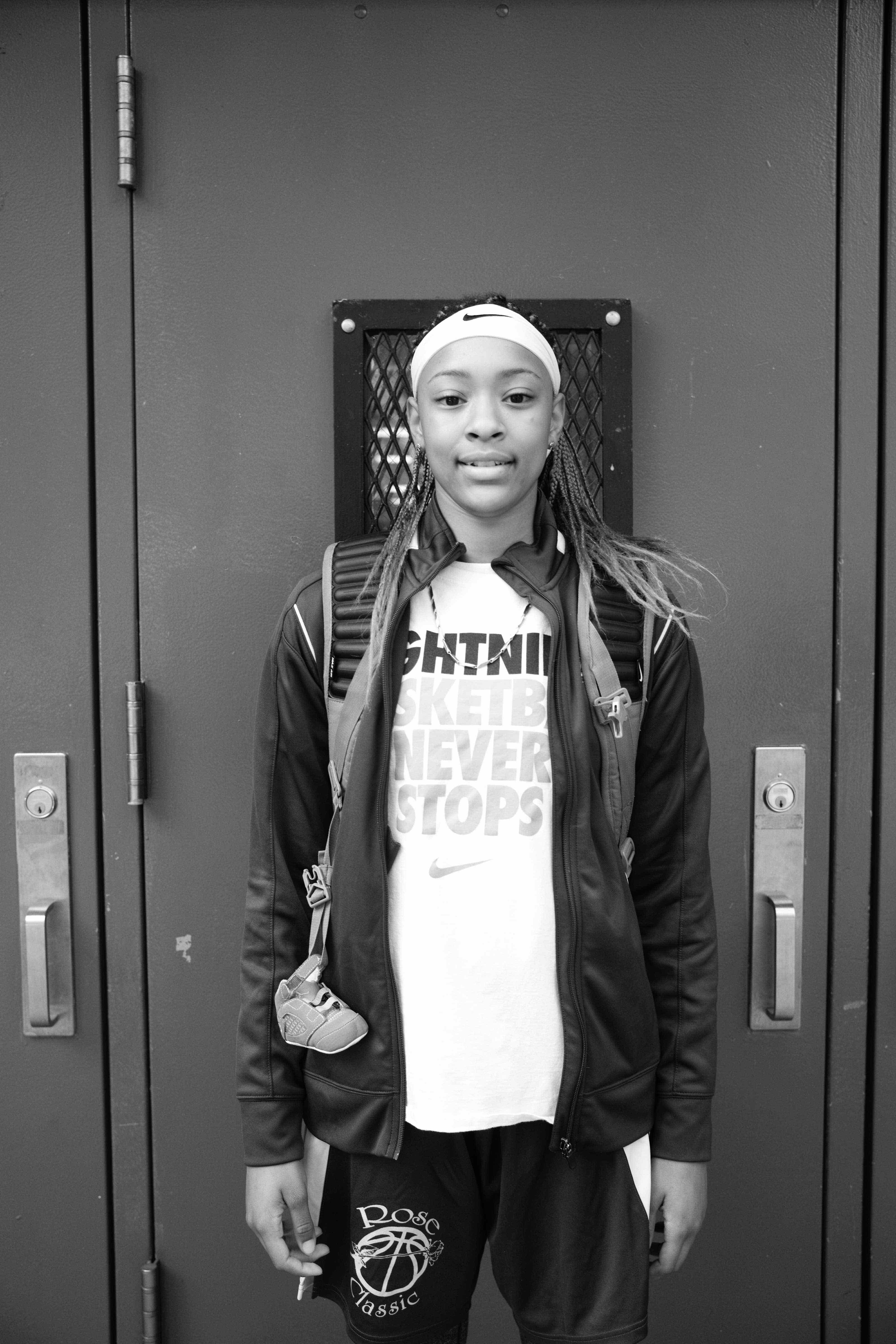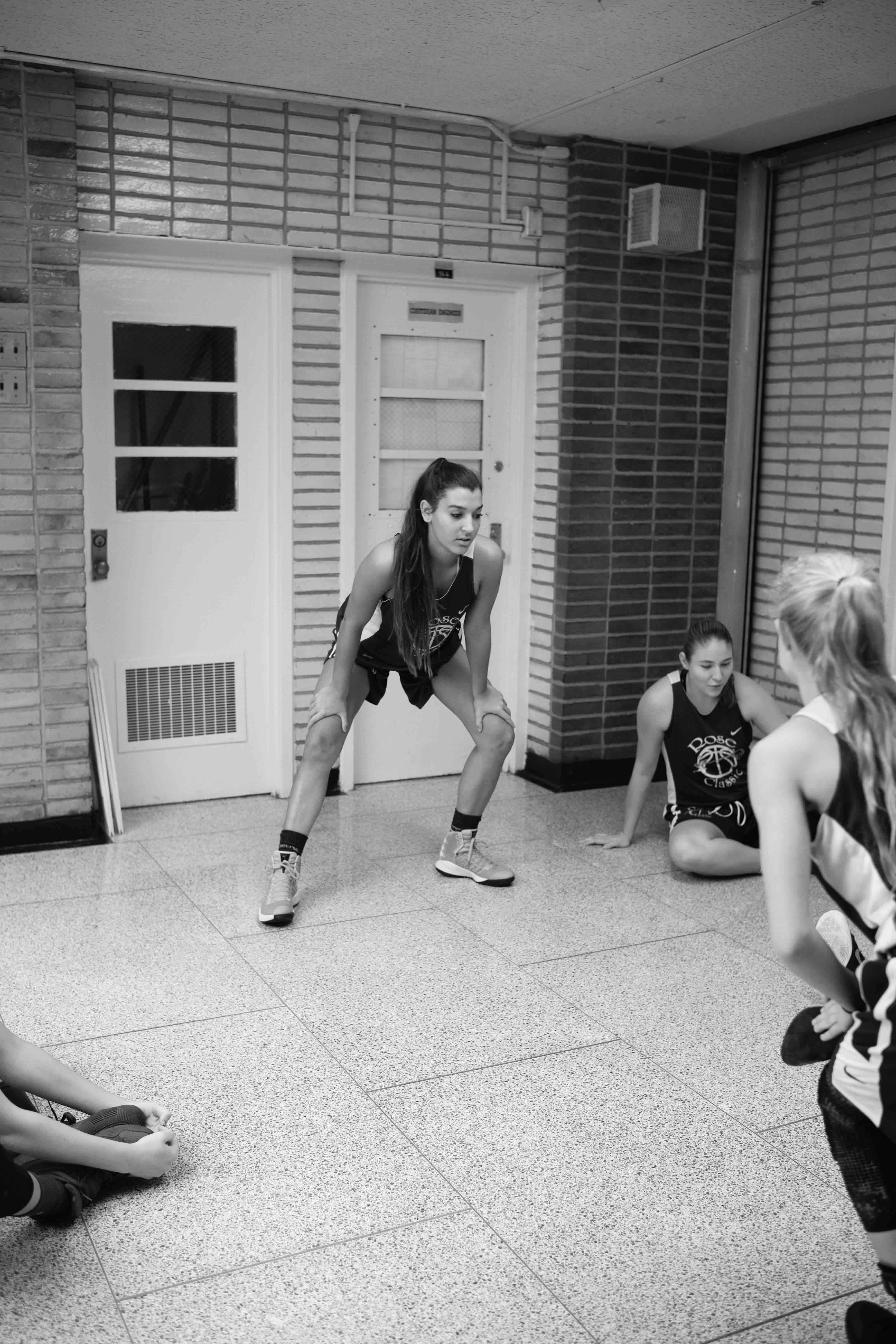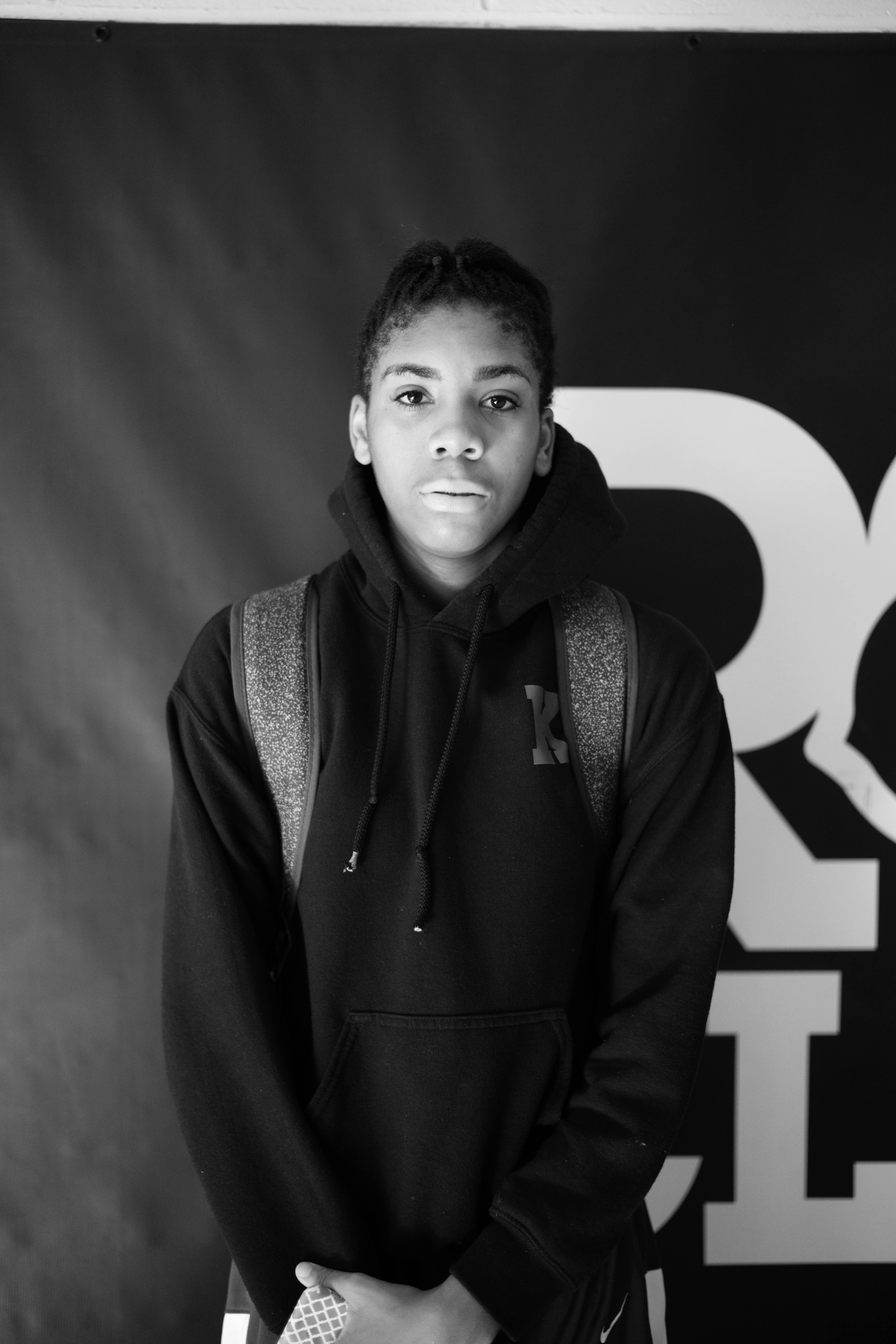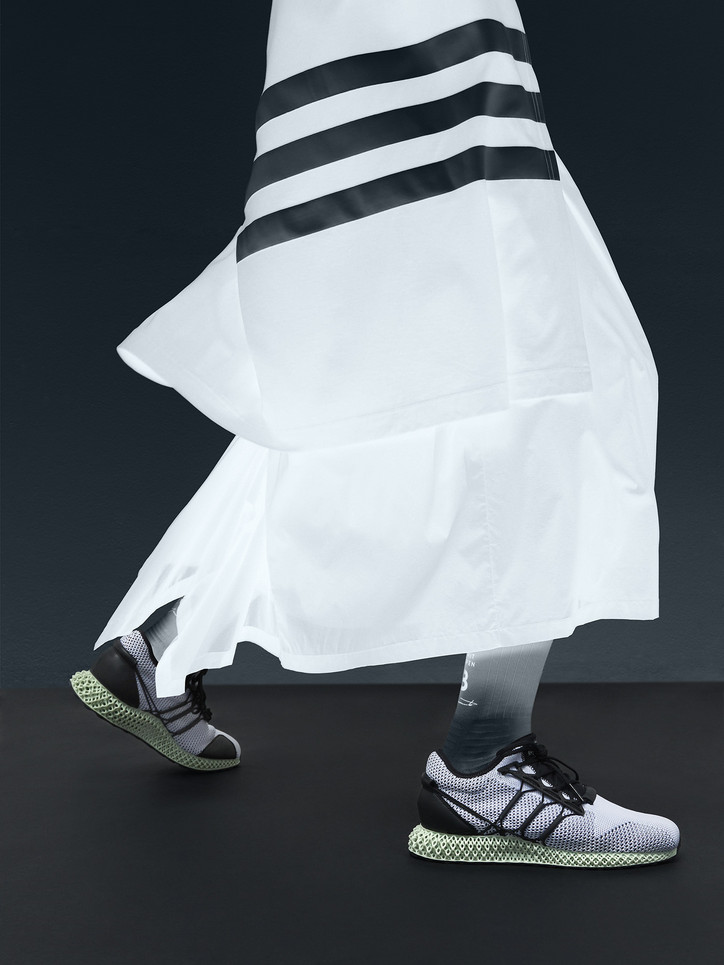Checkout the interview below.
Stay informed on our latest news!
Stay informed on our latest news!
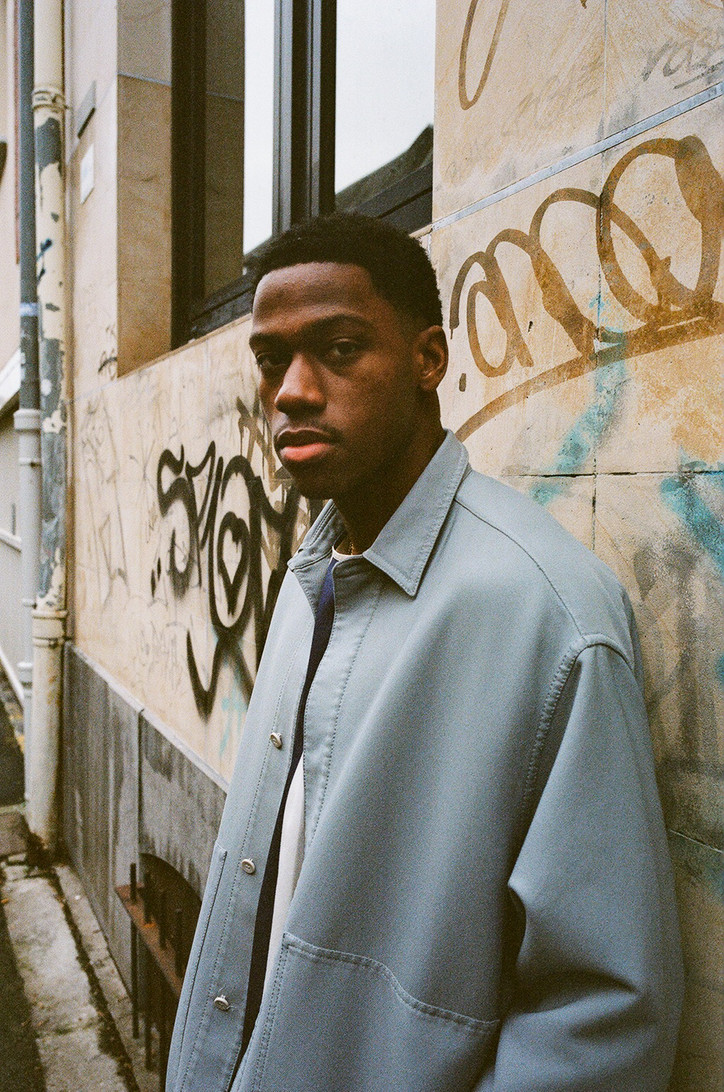
Checkout the interview below.
Once you found soccer and you knew you wanted to do it forever, what were some of the steps you took to make it happen?
At first, I just wanted to play as much as I could. At some point, football’s place in my life clicked for me, and I started training more and more and taking it seriously. Eventually, I looked to trial with a professional club in Europe to start my career, and from there I knew that everything was in my hands to make it happen.
Do you have any funny pregame superstitions?
Actually no, I don’t have any superstitions.
What was your first experience with Adidas outside of being signed to them?
I think my first experience with Adidas was receiving a prototype boot to try out and give my opinion on it before it came out.
Adidas is an iconic brand with a roster of legendary athletes, how are they helping you achieve your goals?
Of course, there is the performance aspect — I’m trying to compete at a very high level, so feeling good in my boots is really important. At the same time, it’s an amazing brand, and being on their roster is a platform with a global audience.
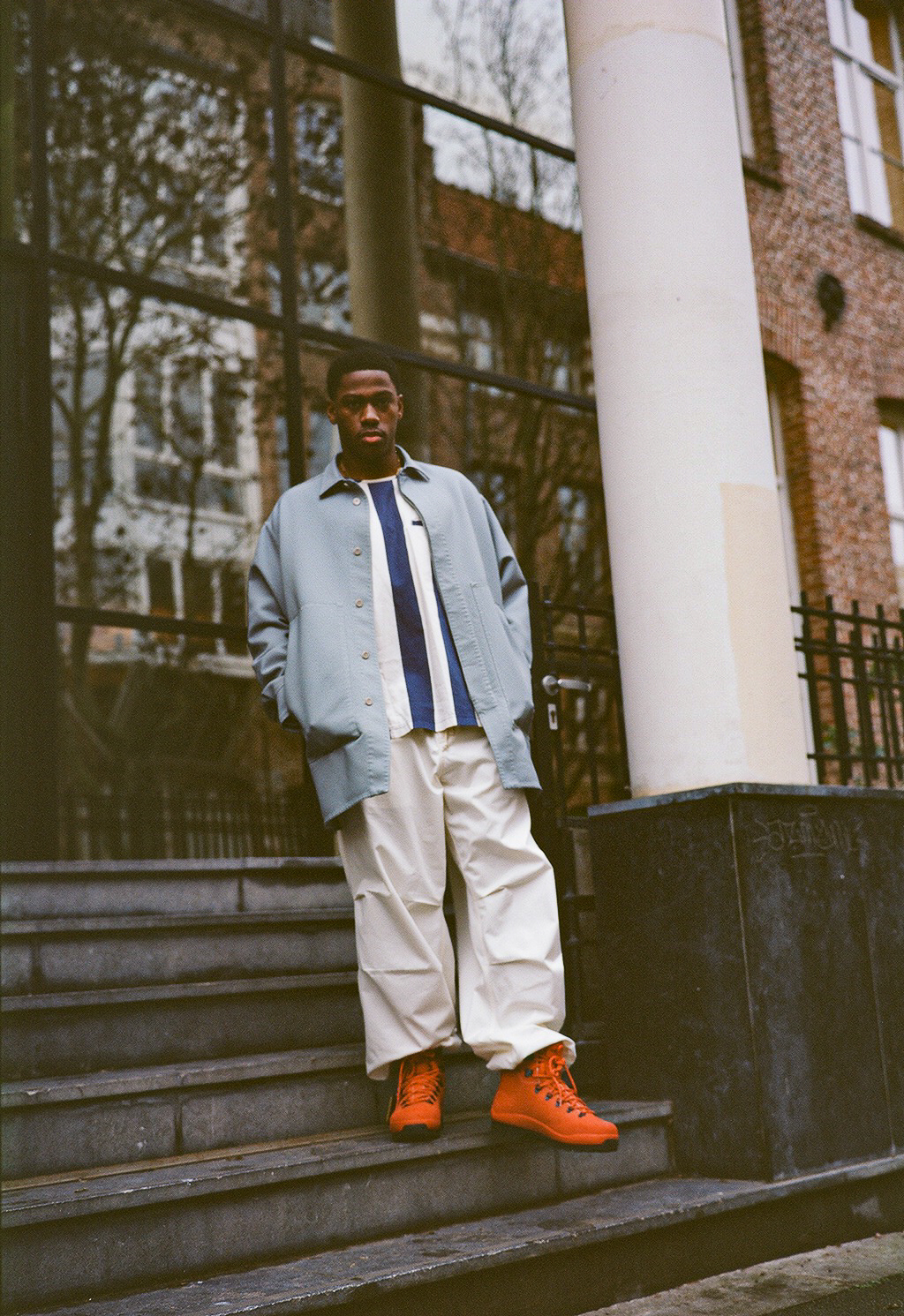
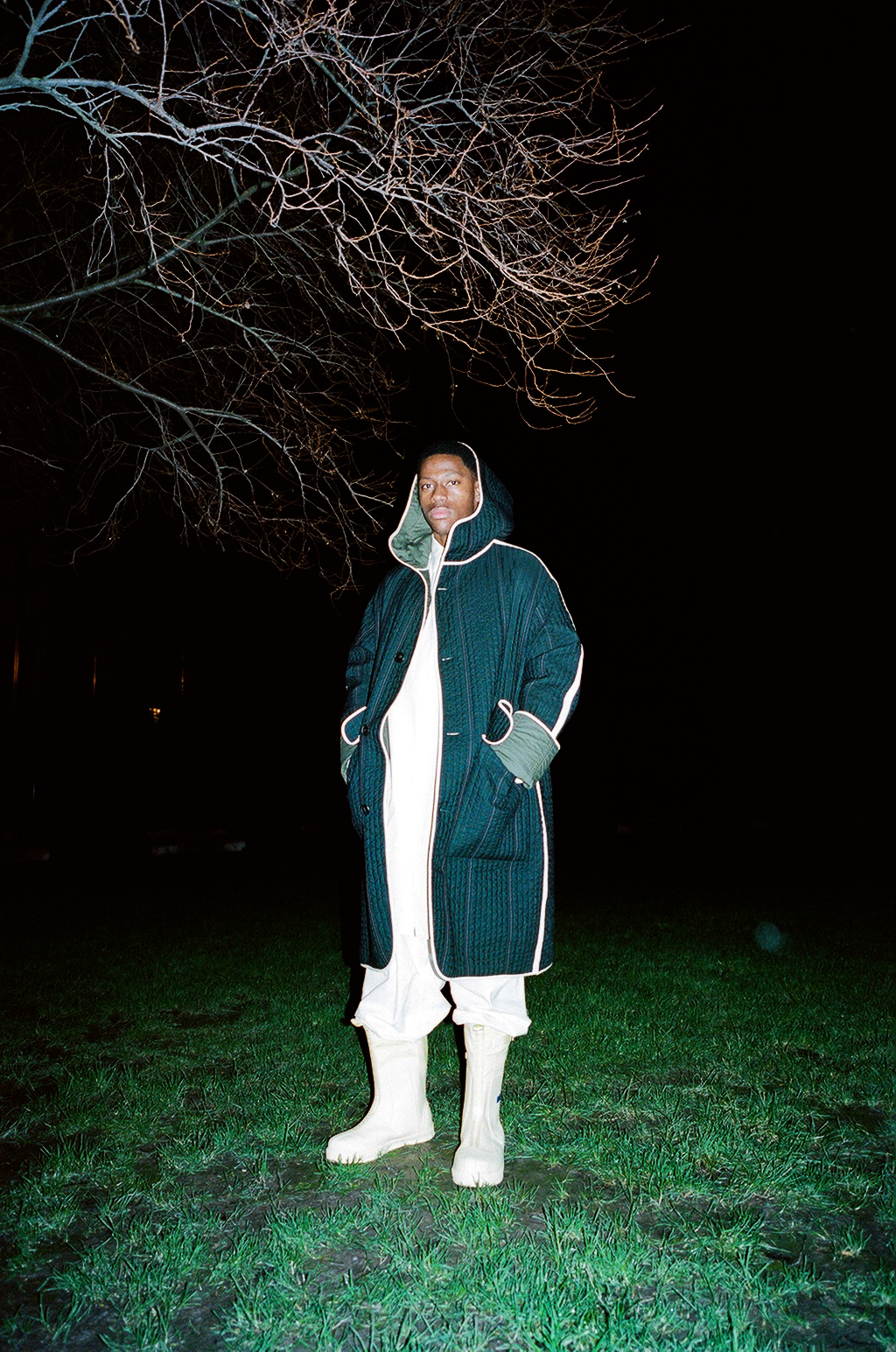
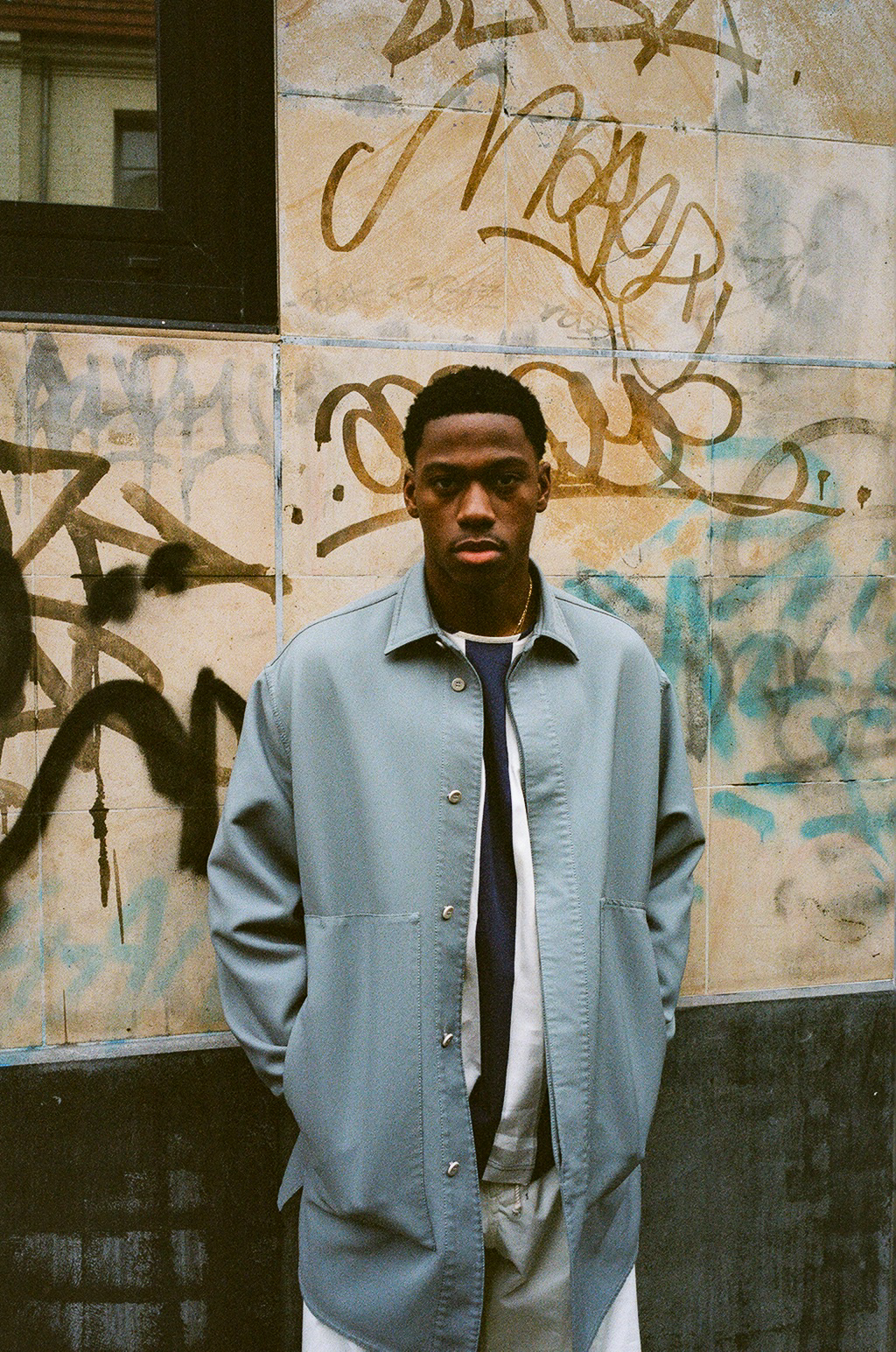
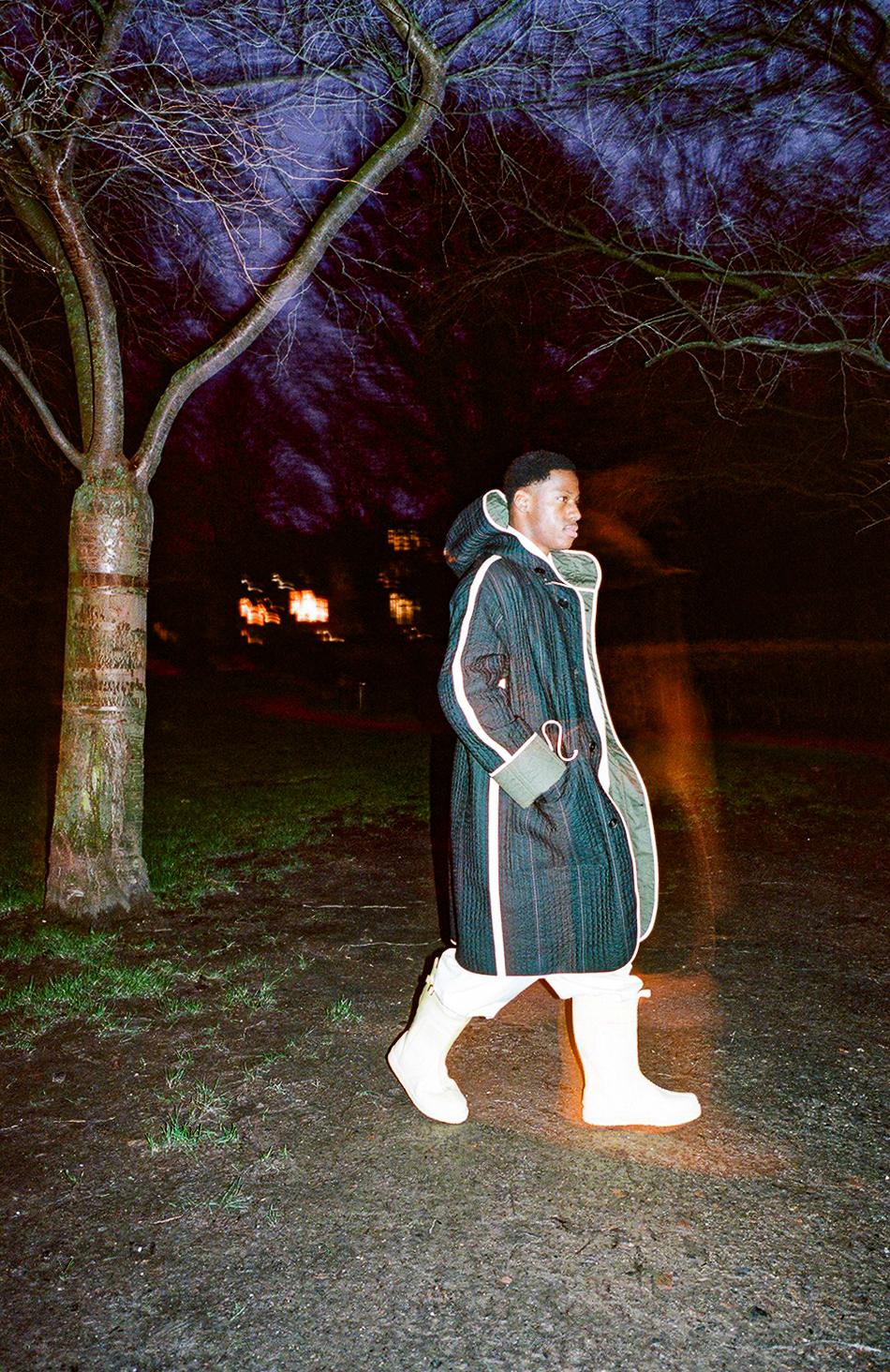
You’re originally Canadian but you’re playing for a French team, are there any cultural nuances that affect how you live and play?
For me, not really. And I already speak French. It has been pretty seamless. Of course there are some differences, but I think I’ve become good at adapting anyway.
Jonathan, in an imaginary world, you write the rules to the game of soccer. What is one rule you would put in place and one rule you would take out?
I would take out VAR. And I would add a rule that a goal from your own half counts for two.
Outside of soccer, what is something you want to be remembered for, and do you exemplify that quality now?
I want to be remembered as someone who helped people, I don’t think I’m fully doing it now, but I’m getting there.
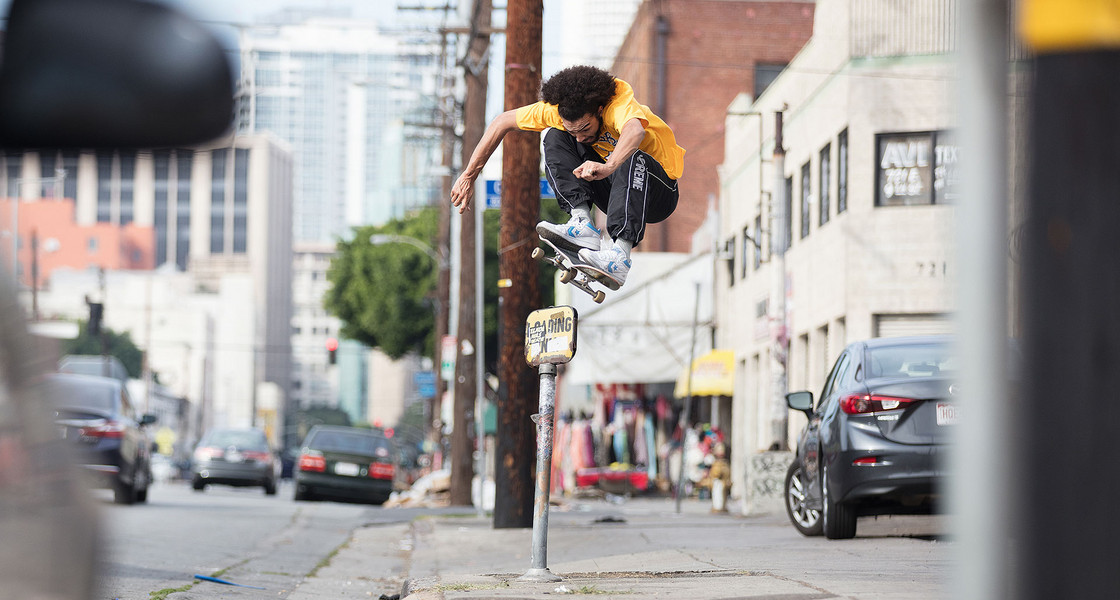

Energized in the belief of the the dying breed, Converse traveled around the world, from New York and Mexico to London and Israel, collecting over 1,700 hours worth of footage, then curated down to the best 42 minutes for your viewing pleasure. Front and center are skate icons like Sage Elsesser, Louie Lopez, Sean Pablo, Jason Jessee, Bobby De Keyze and more.
The film itself took 18 months worth of filming, 240 days in a van traveling over 57,120 miles, 1,400 hotel rooms, and 2,250 pairs of Converse shoes. Chardourne intergrates the footage together with artistic, old 18mm footage, creating a look and feel that is virtually foreign to the world of skate films.
The physical and emotional effort that goes into a project as gigantic as Purple is unique; a 30 second clip is a weak comparison to the work from the Converse team that, in the pressure cooker of 18 months, became a brotherhood. And in this film, that sentiment is more than clear.
“I think most people don’t have the balls to do what our team did.” -Pope
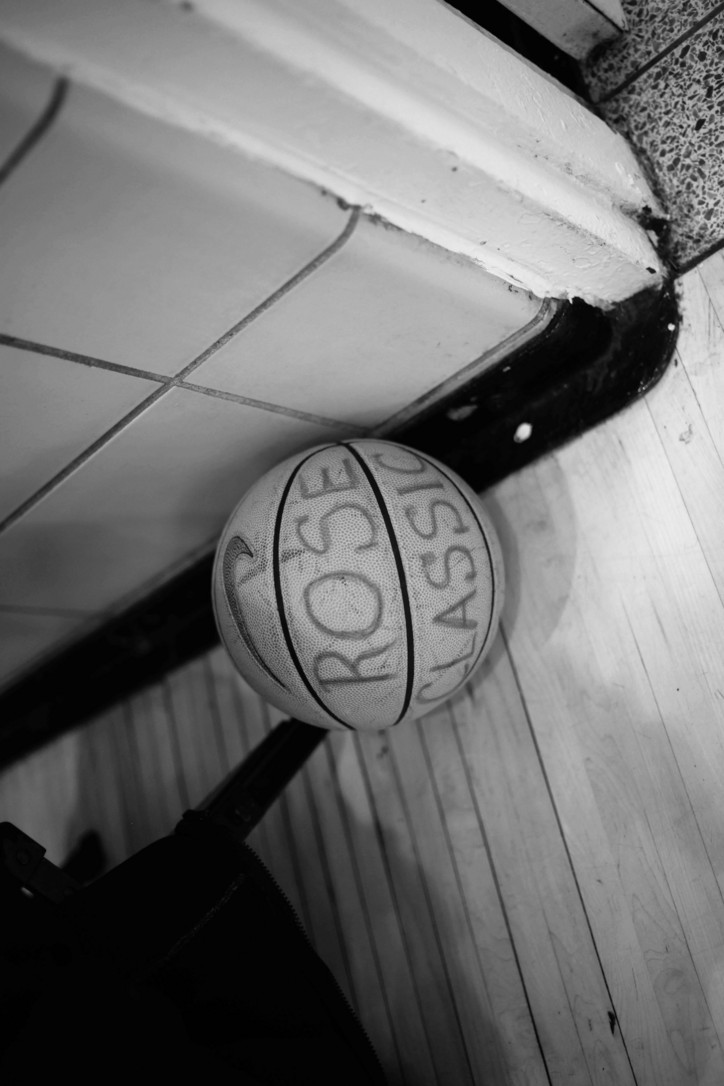
Anton — Rose Classic is a tournament for girls. We try to make the experience more important than just basketball. You can’t get this experience in most places. It’s very intense, and we try to make it very organized, scheduling-wise, et cetera. You know when you come here you have to play hard. There is just one court, not multiple courts, so everybody is watching. There’s someone on the mic, there’s music, a lot of movement and action around the basketball court. We like to say that’s the experience that is more important than basketball. We know that these girls love basketball or they wouldn’t be playing, but we’re trying to get them to fall in love with the experience also.
Ari — For me, I’d rather come here than pay $300 for NBA tickets.
Anton — They love basketball. They love being around their friends. You see a lot of these girls, they hang out together. It changes when you’re getting a paycheck. Some of these girls end up going on to get a paycheck. A lot of them, as a matter of fact.
Ari — When did the Rose Classic start?
Anton — It started in 2005, this is our eleventh year. It really started out as our boys’ tournament. We started to have more girls participating in our boys’ stuff, and then my partner Silk and I said, let’s try something that’s just for the girls and see what happens. Then it was word of mouth between the girls, girls who play know other girls who play. They started to get the word around to coaches and we started to build. We started with twelve teams and now we’re over 120 teams in New York.
Ari — Where are the teams from?
Anton — As far north as Toronto and as far south as Virginia. We’ve had teams from Ohio, Cleveland and Cincinnati. So it’s starting to expand. Our ultimate goal is to get to China. They have so many girls playing basketball and there is no organized league there. But we want to first go to the Midwest, either to Chicago, Cleveland, or Indianapo- lis, and then go to the West Coast somewhere.
Ari — And your love for basketball?
Anton — My love for basketball came from my uncles. I’m from Dean St. Park, which is right around the corner from where the Barclays Center sits now. We grew up playing every sport. Whether it was baseball, football or basketball, your day consisted of that. But then you start figuring out what sport you like the most. For me it was basketball because of my uncles and some of the older guys in the neighborhood. They used to take me to their games with them and then I just fell in love with the sport after that. I remember some of my friends shoveling snow in Dean St. just to play. The ball was hard—it wouldn’t bounce. We didn’t have those rubber balls, just the leather ones. You know, it’s cold, it wouldn’t bounce, and the ball is skidding on the ice, but you just loved being out there playing. My love for basketball started when I was about nine or ten years old.
Ari — What can you say about the level of the girls playing here?
Anton — The level is really high. Aside from dunking, they do everything better than the boys because they are taught the basics. You can get five or ten boys together and go play in the park. You can walk to any park and there’s always a game going on. You’re not going to get that with girls. They’re somewhere getting taught how to play the right way. They’ll jump stop, they’ll make the right pass, they don’t have the athleticism to finish above the rim that the boys do. The fundamentals make the girls’ game, to me, better. I love the girls’ game. Even in the WNBA, there is a high skill level. They can shoot, they can pass, and they can dribble. An athletic male can get further on his athleticism. A female has to have skill.
